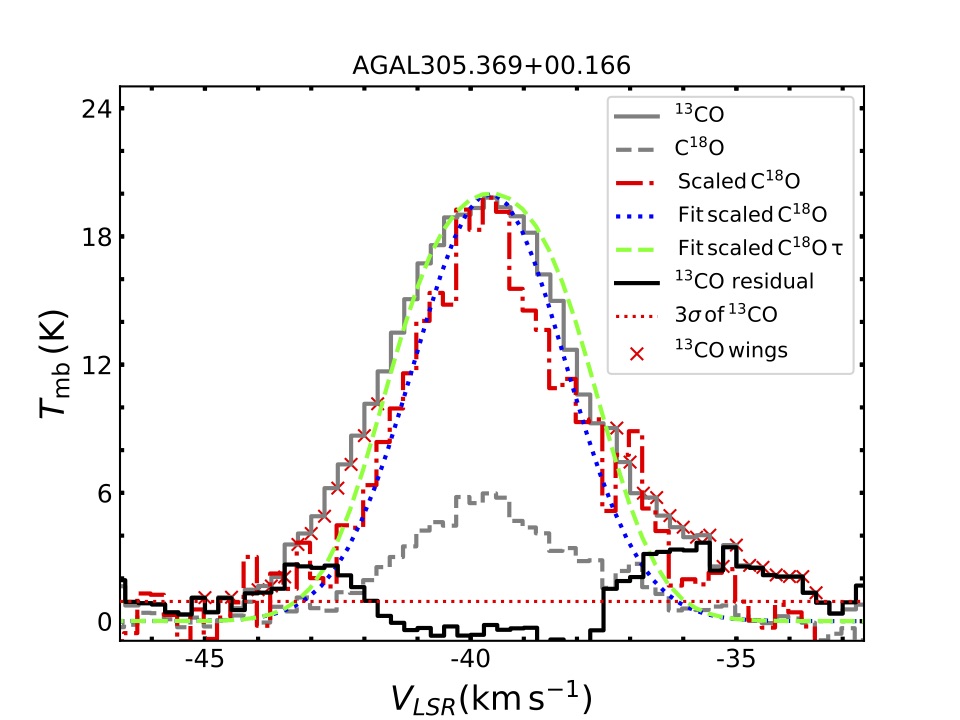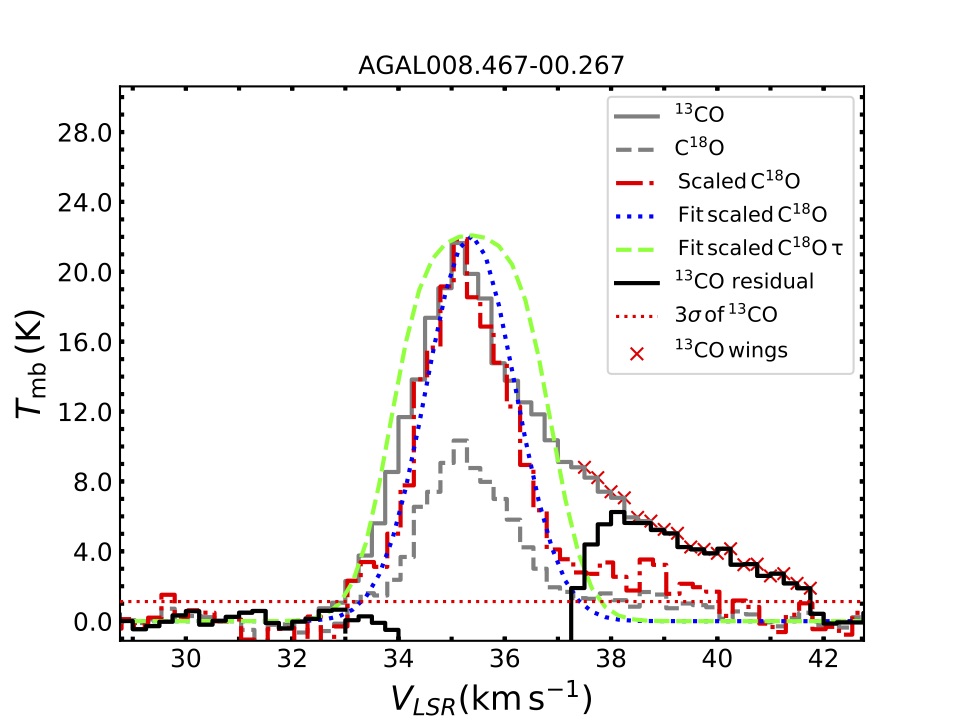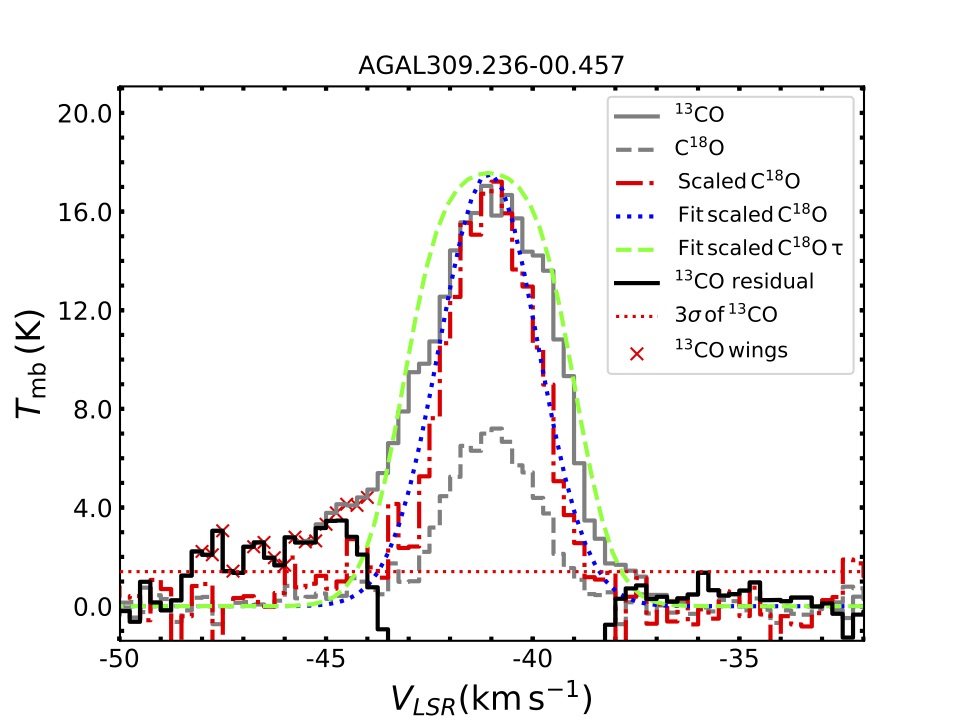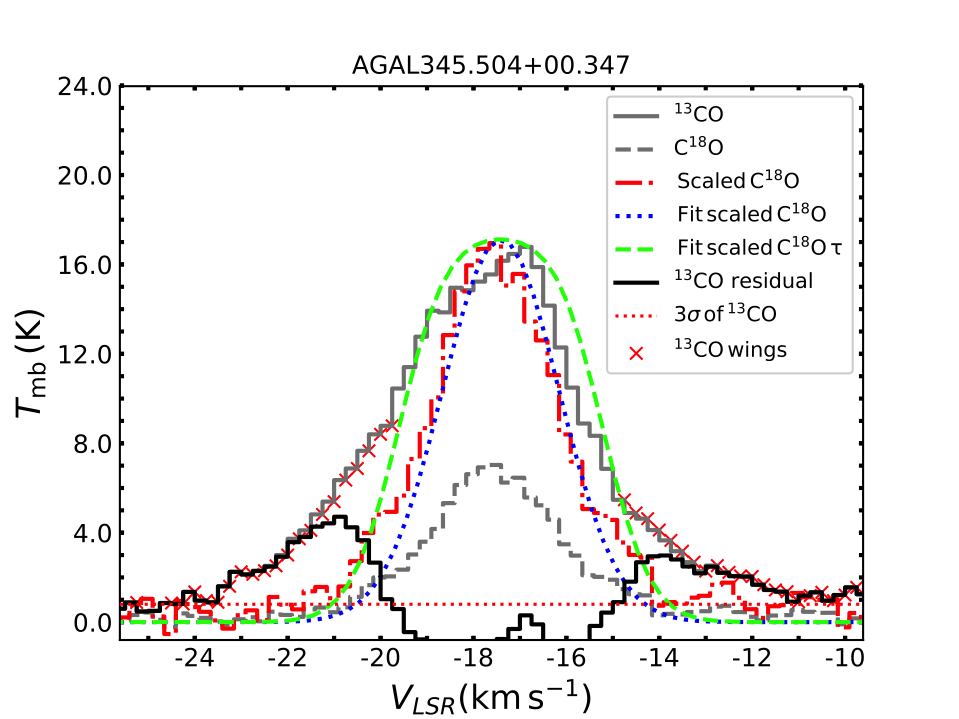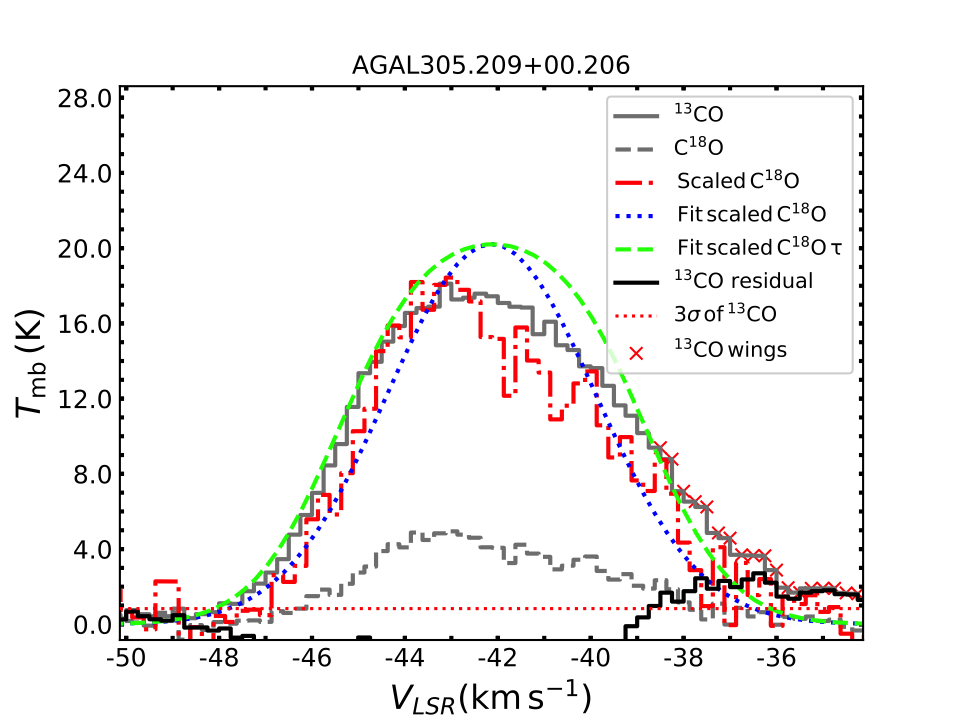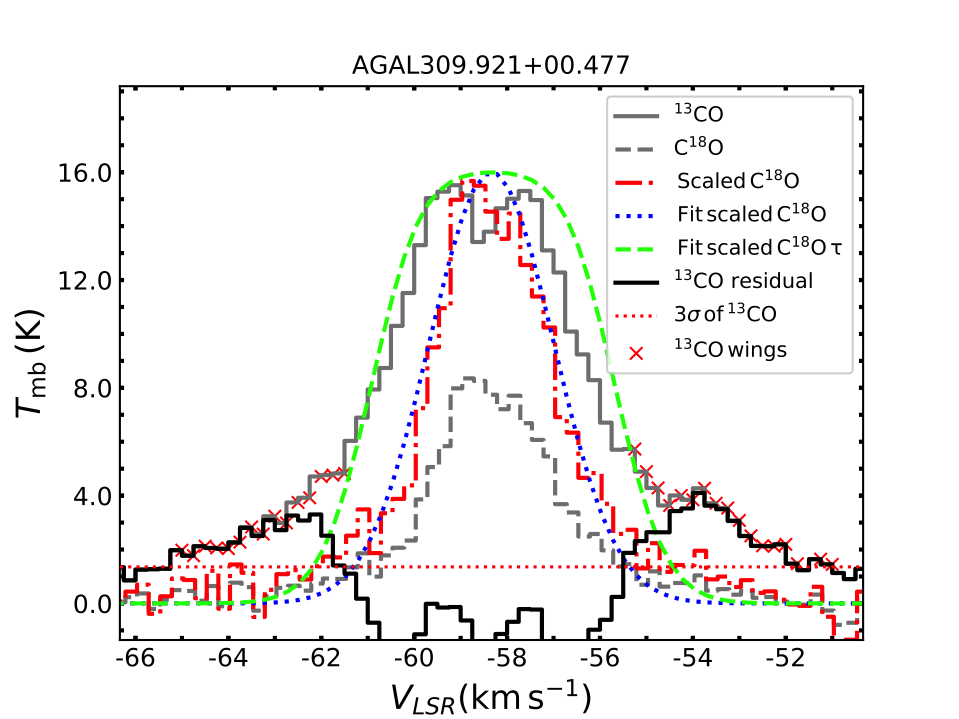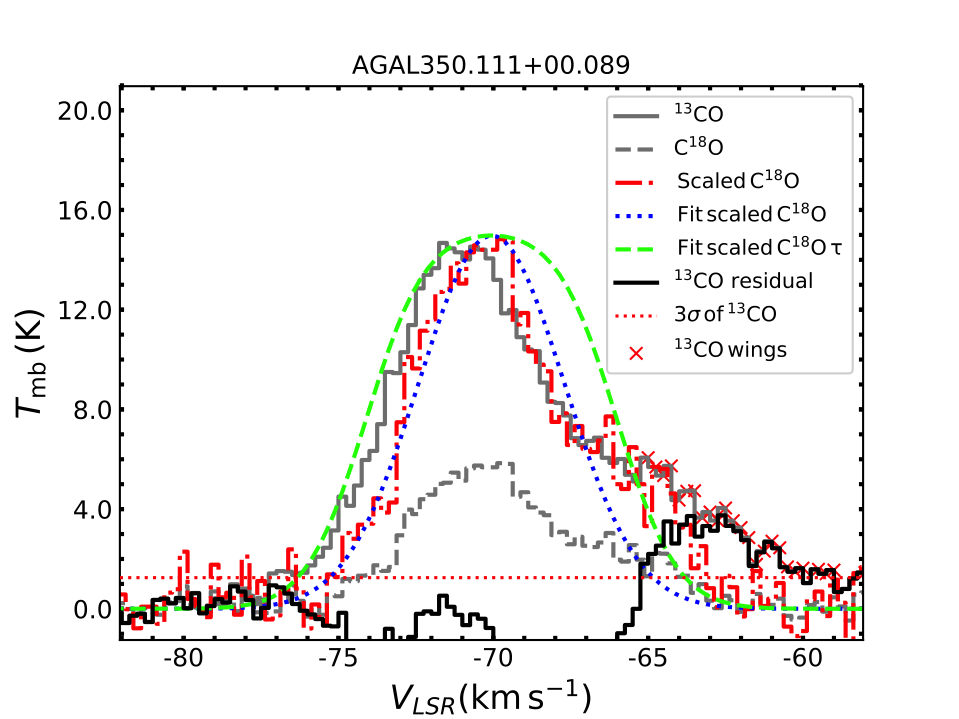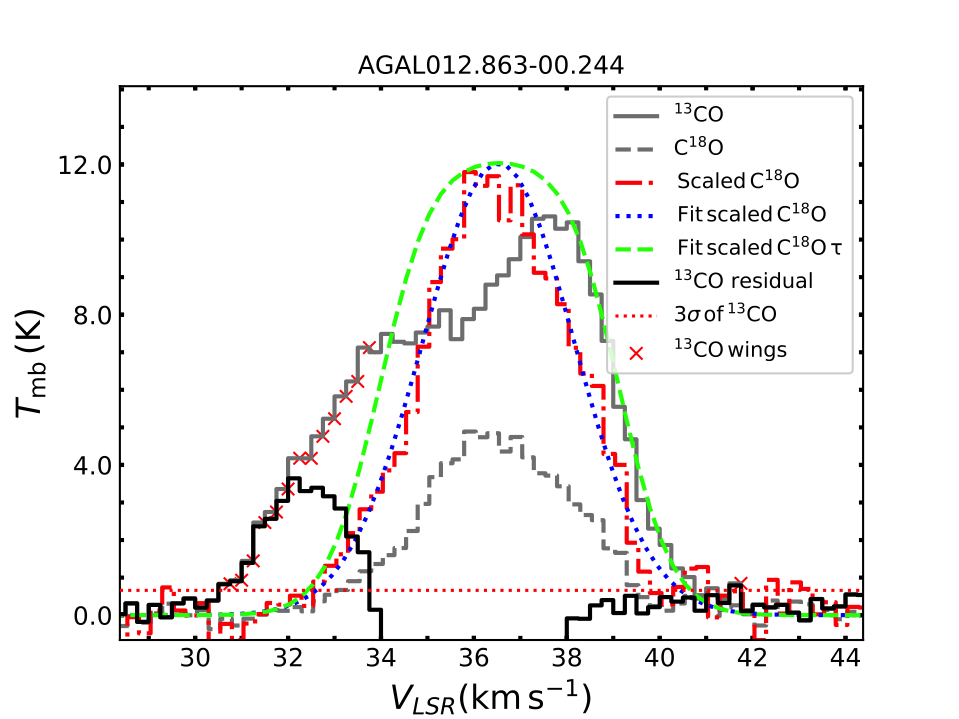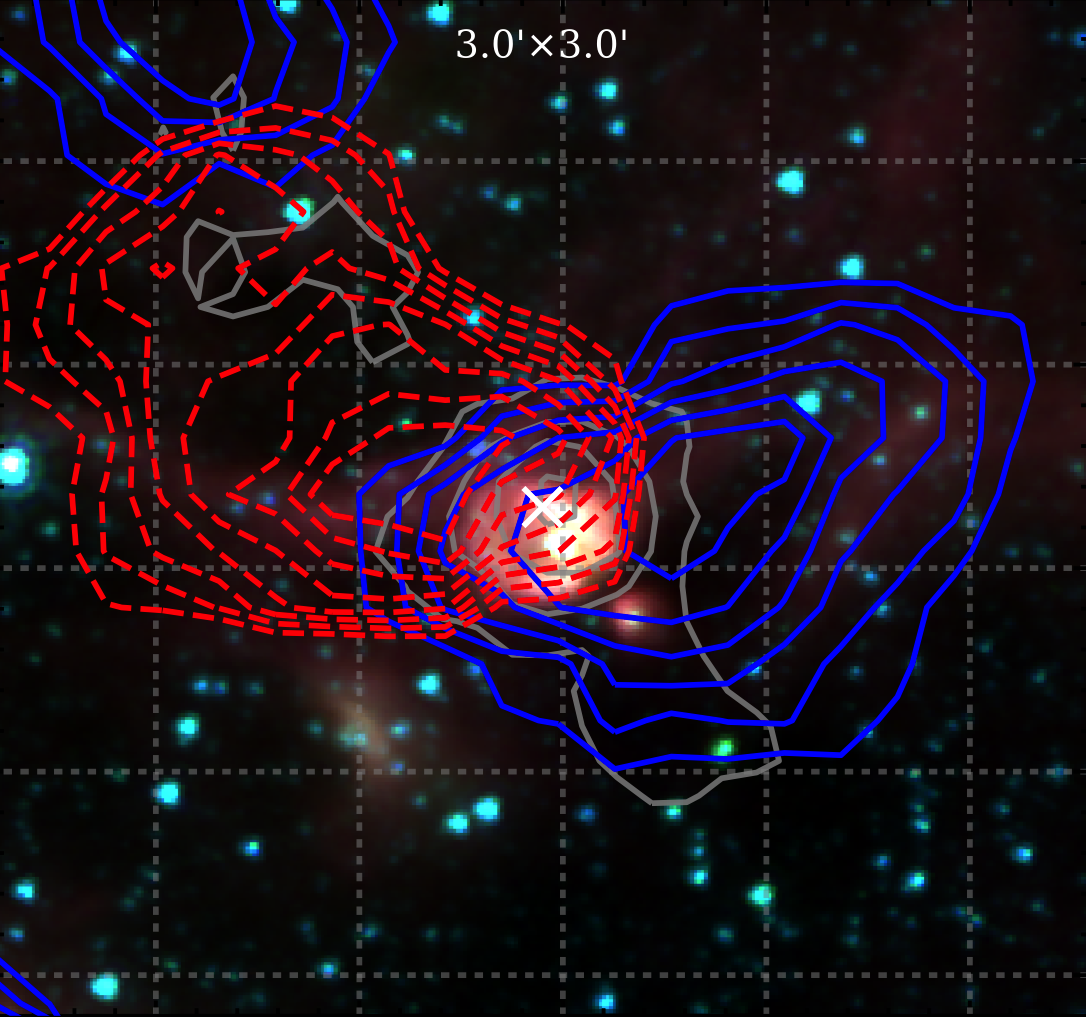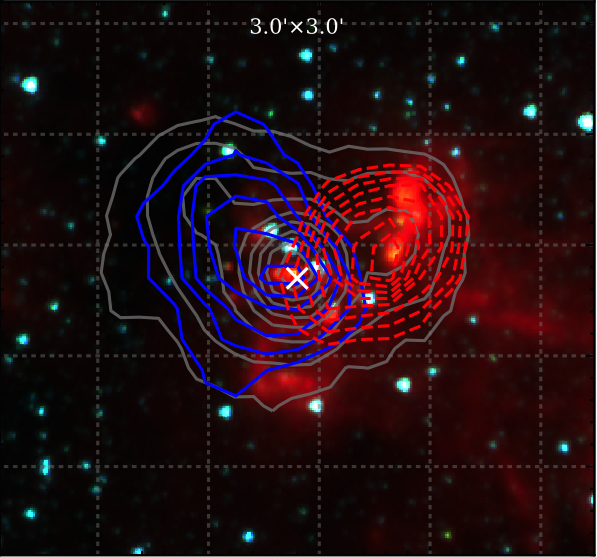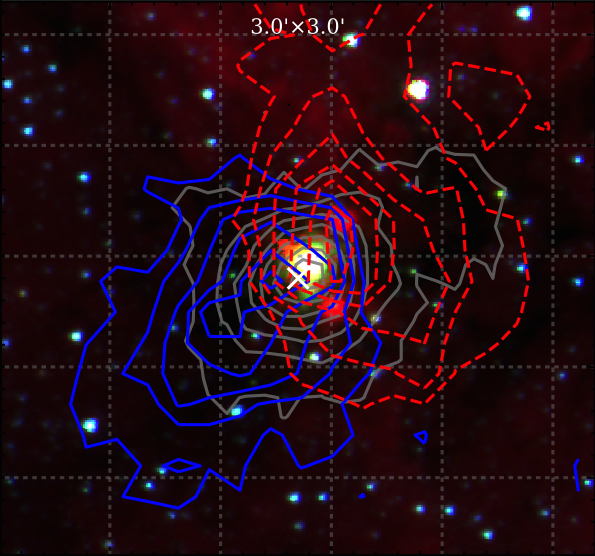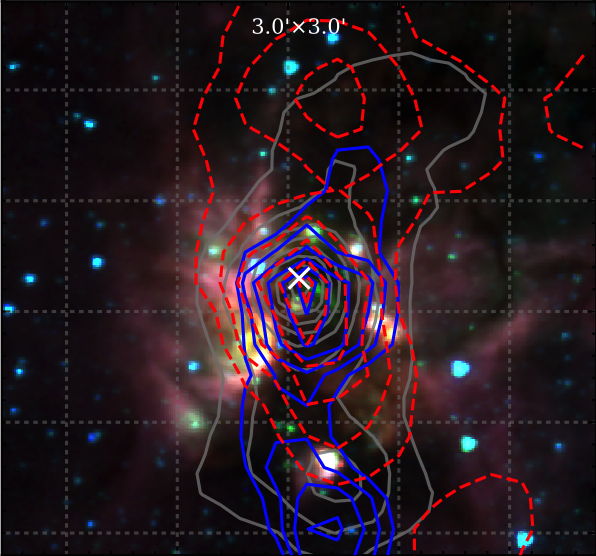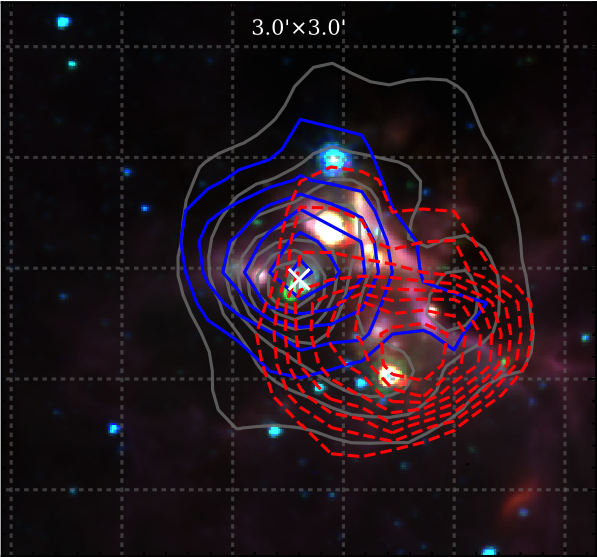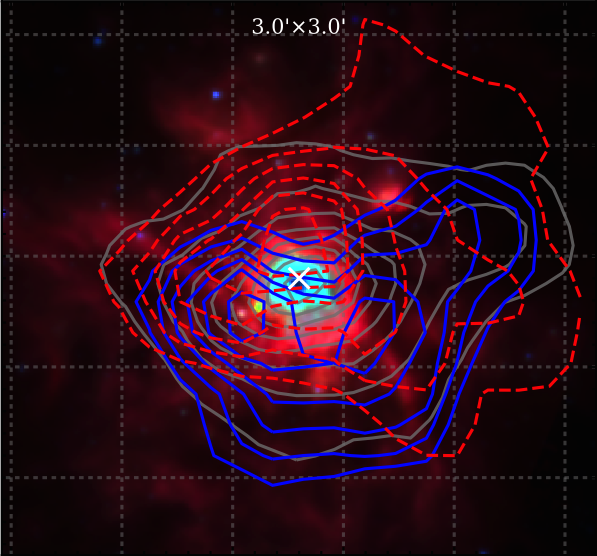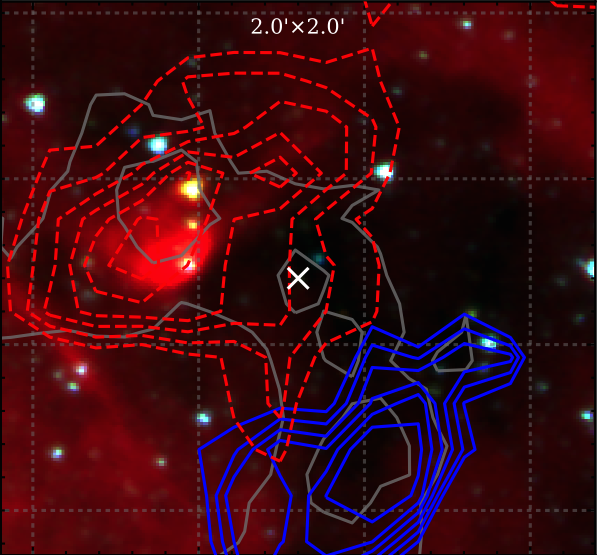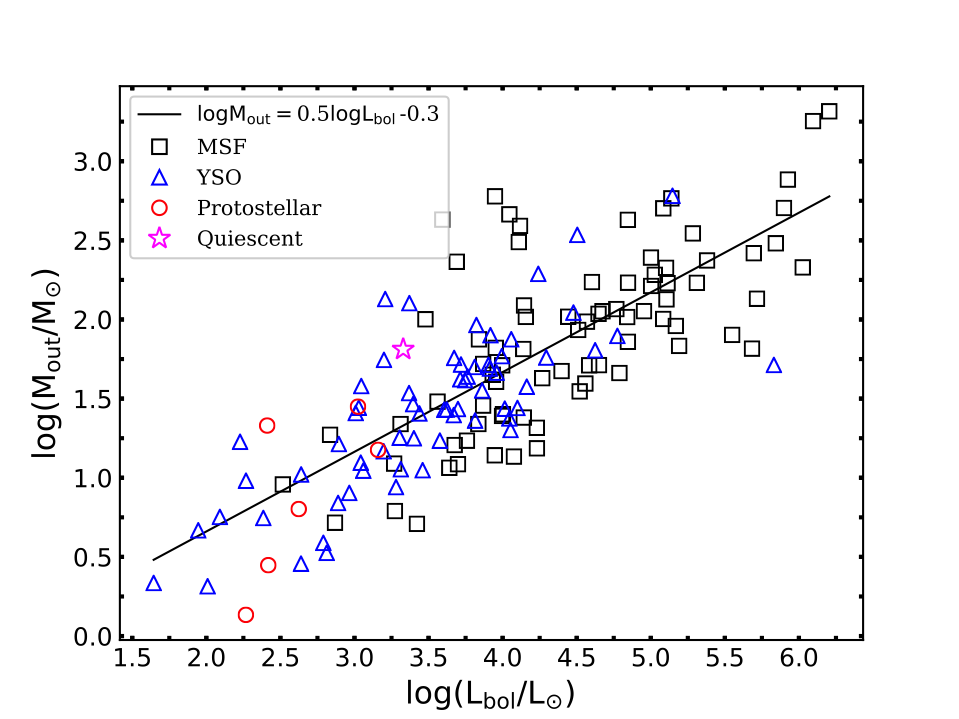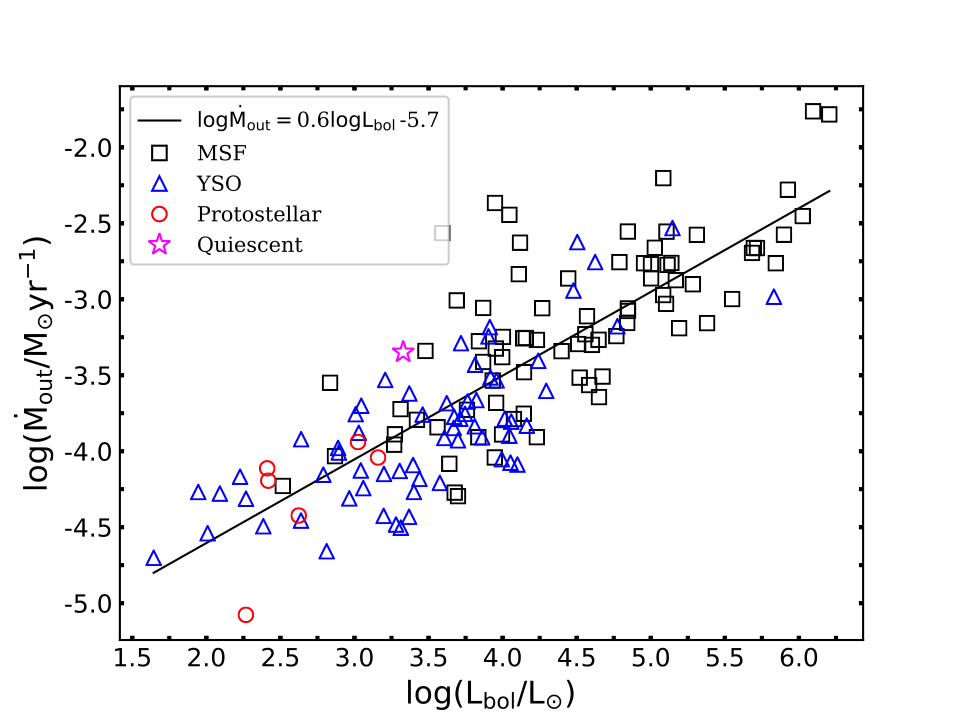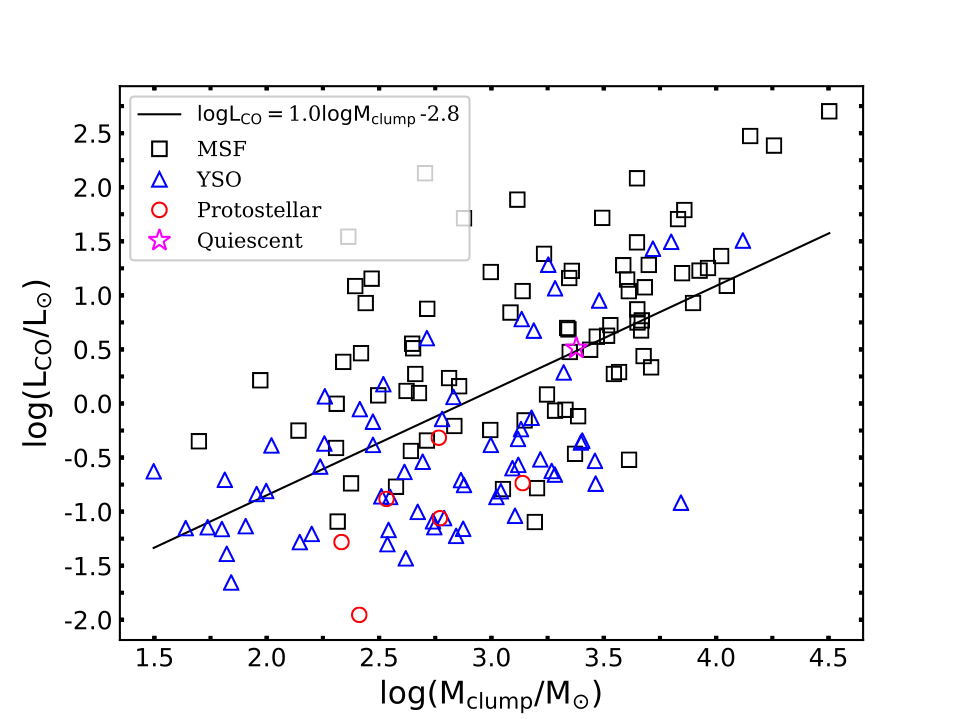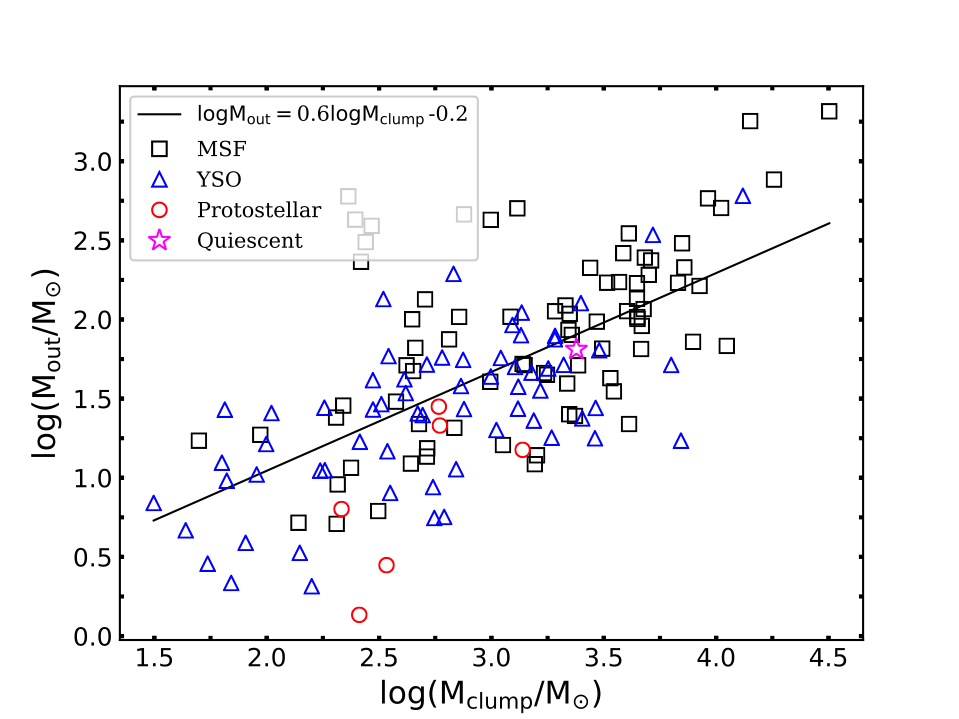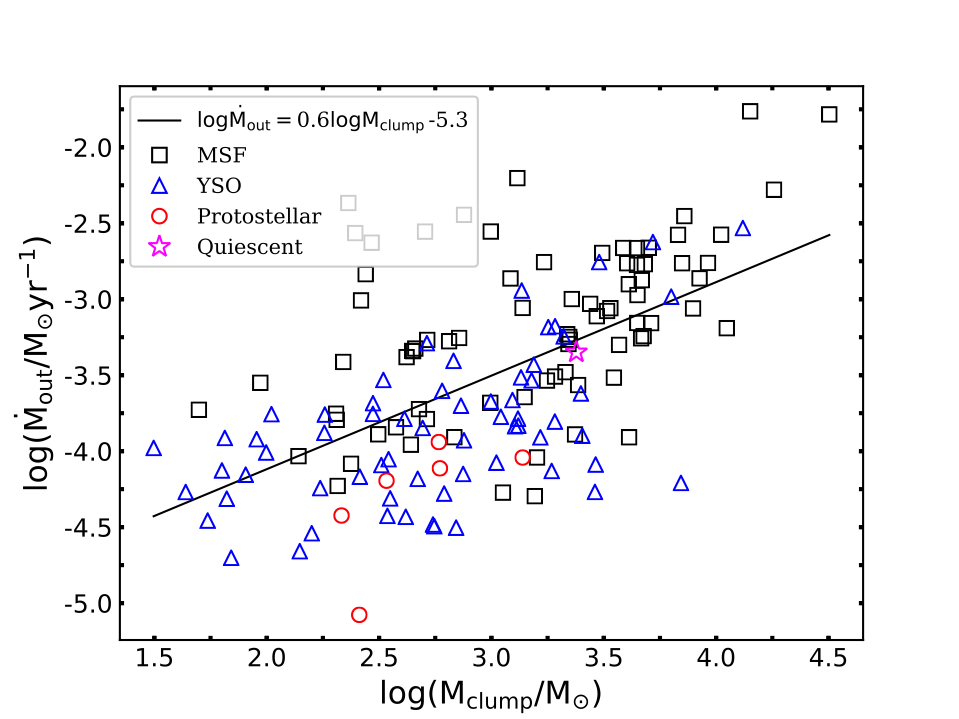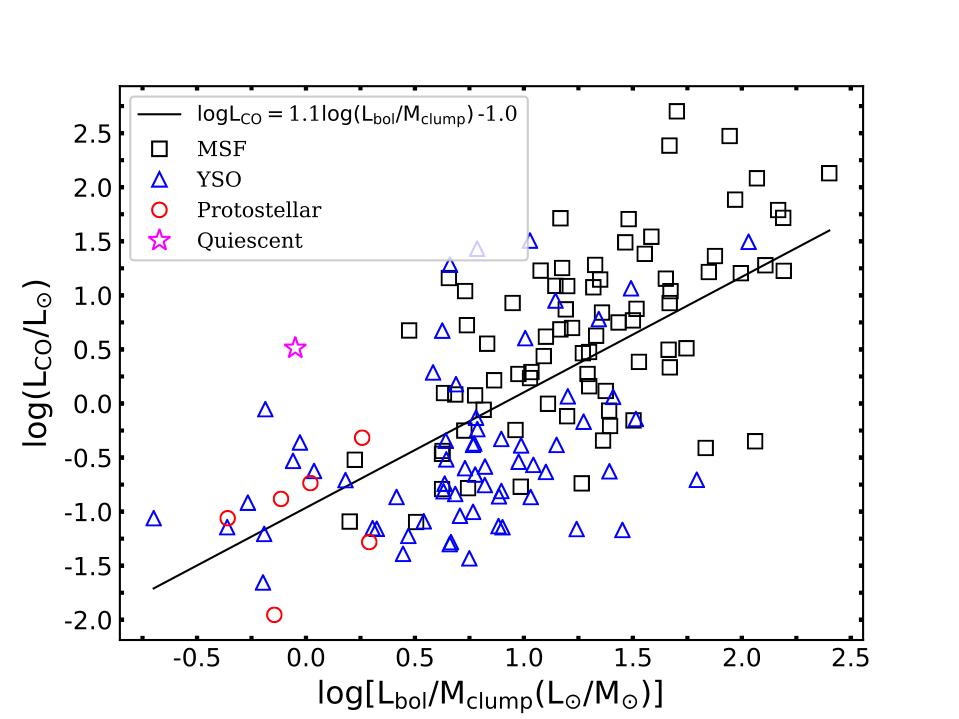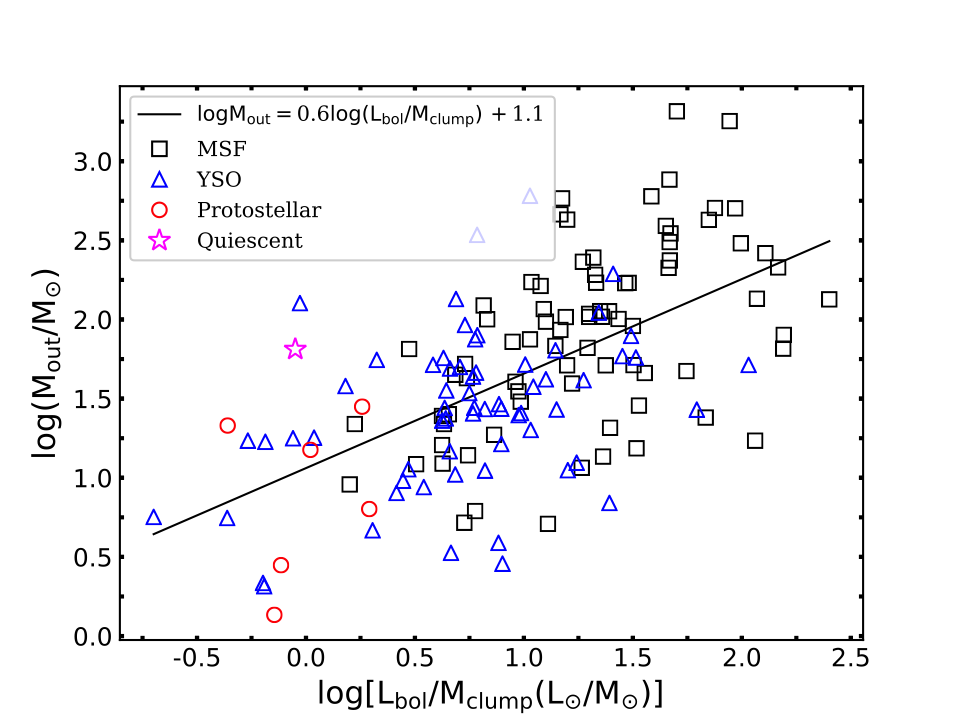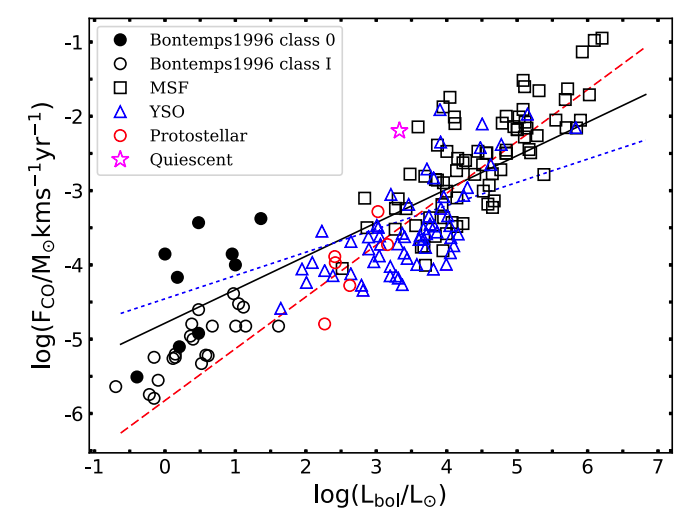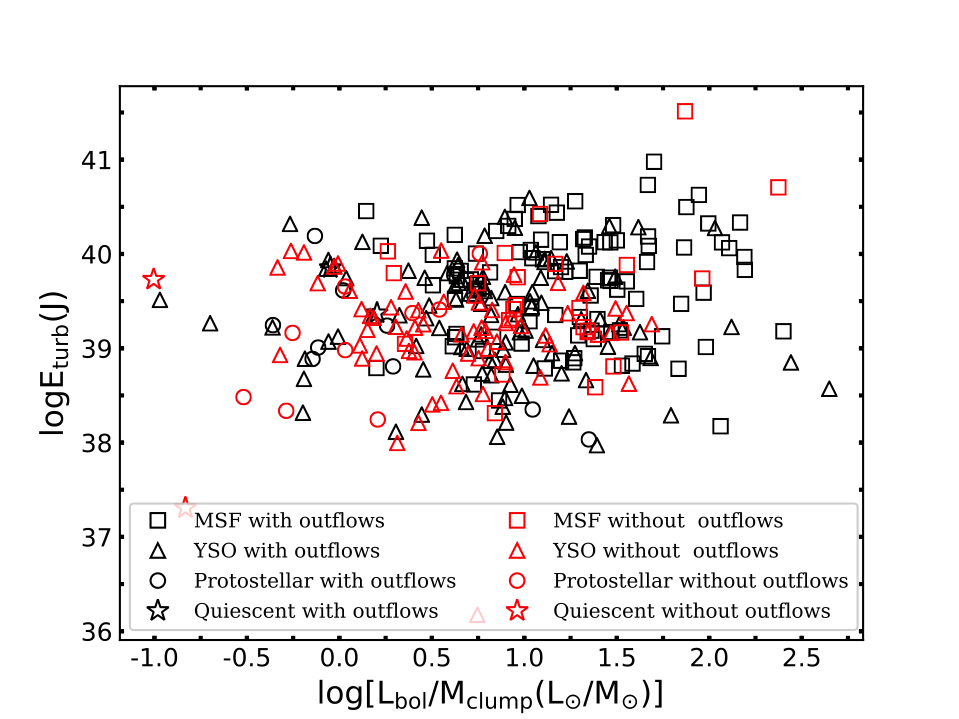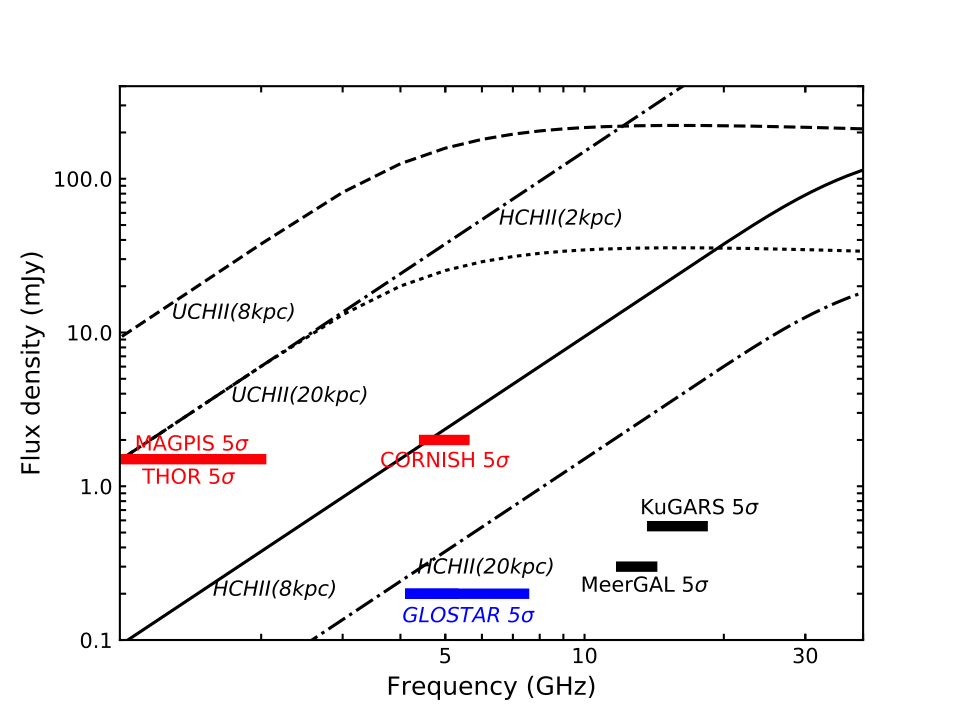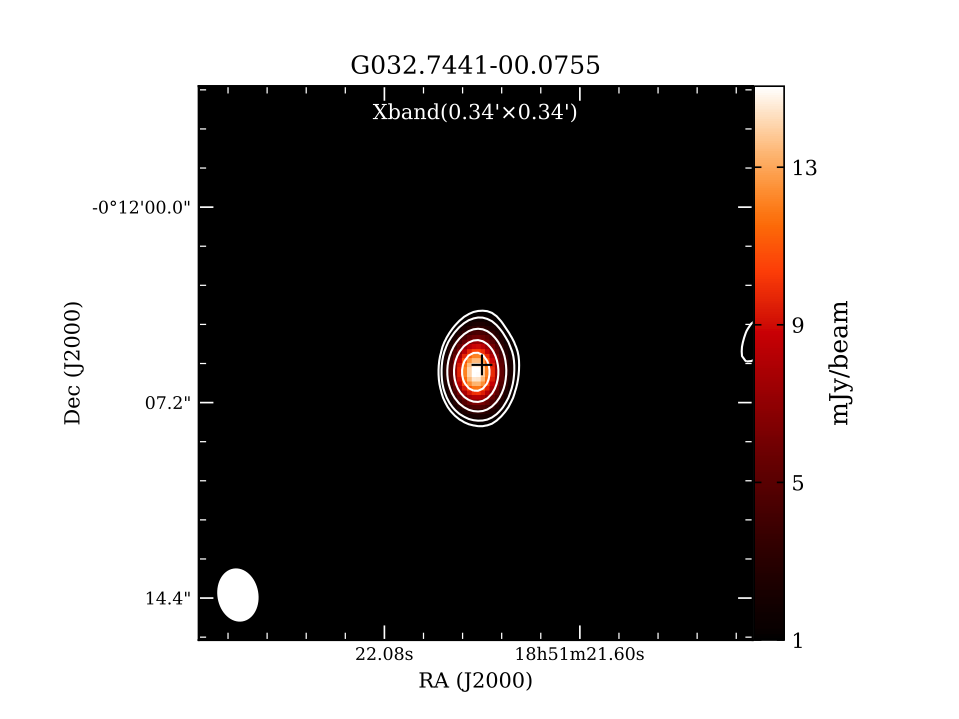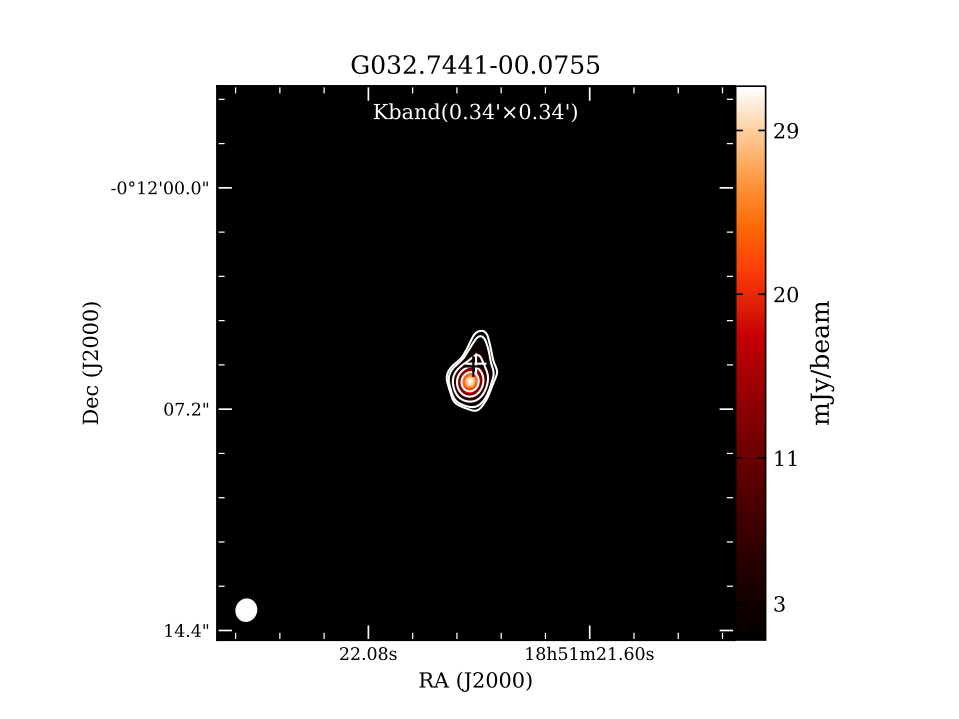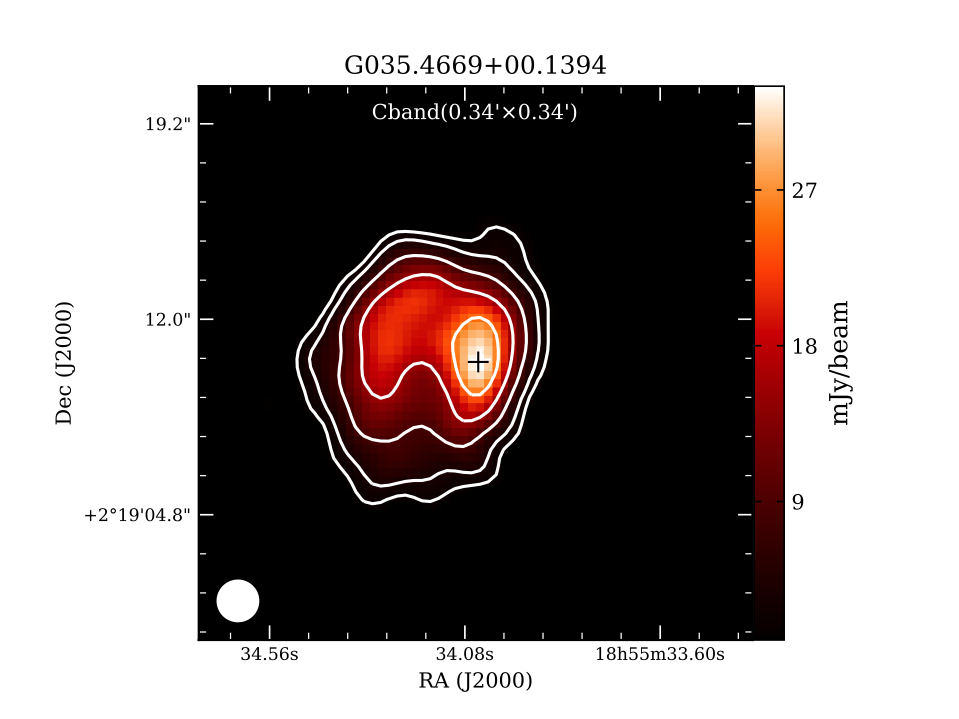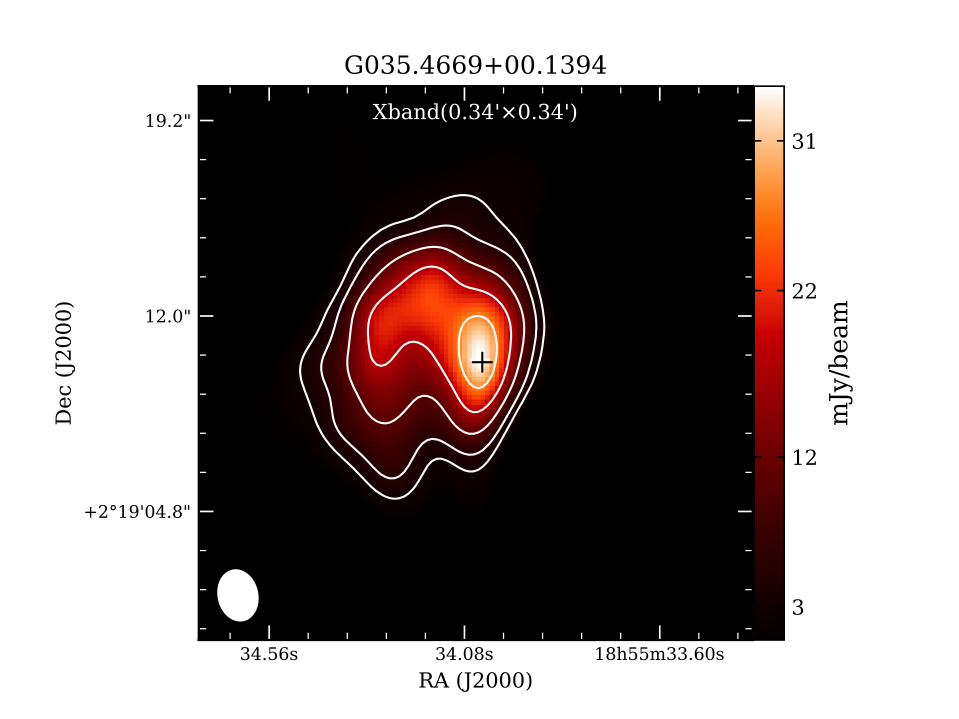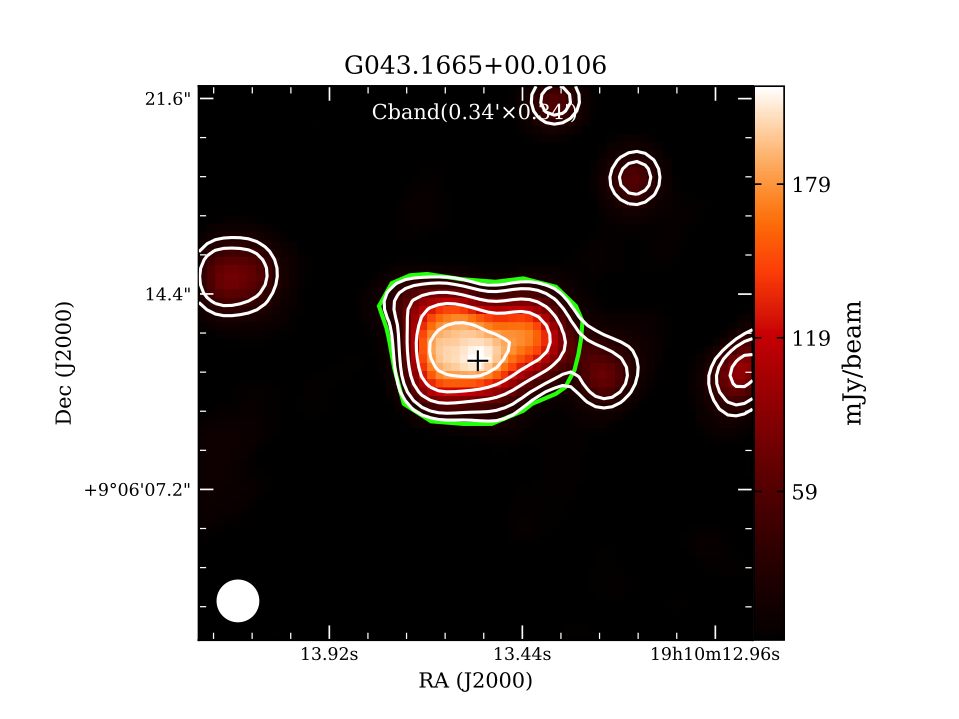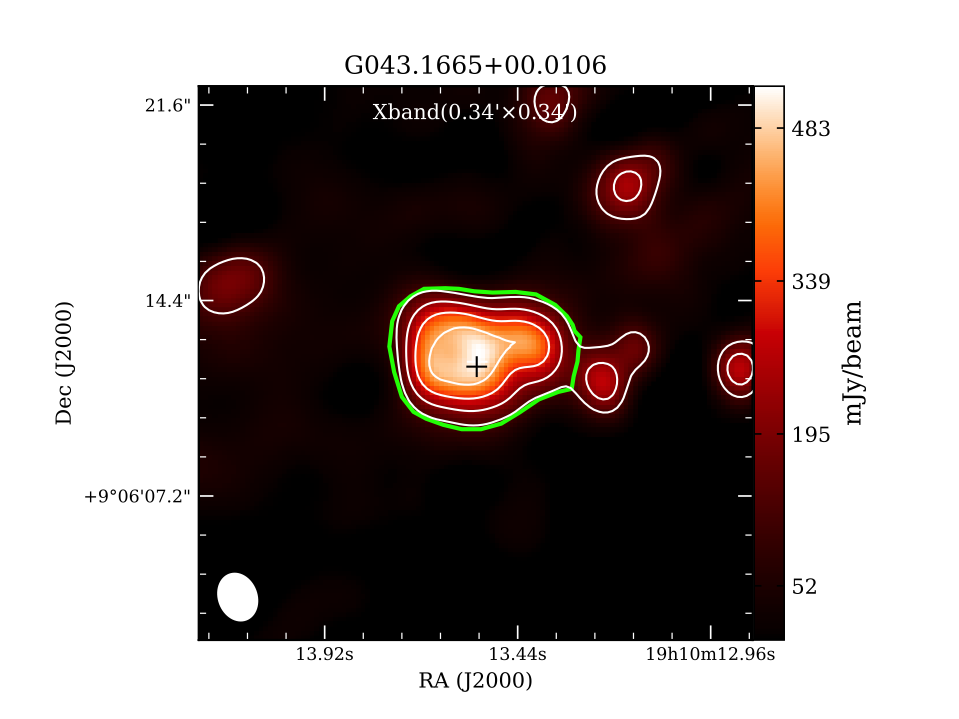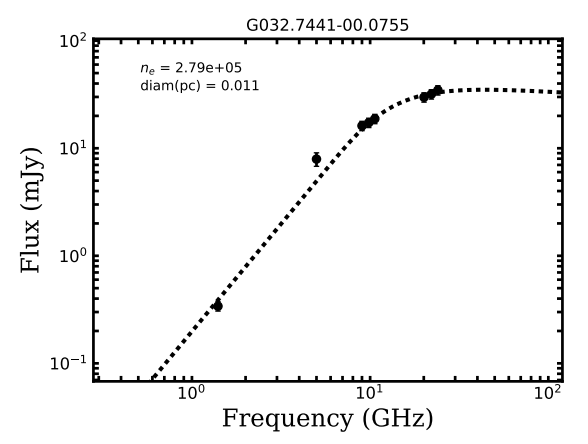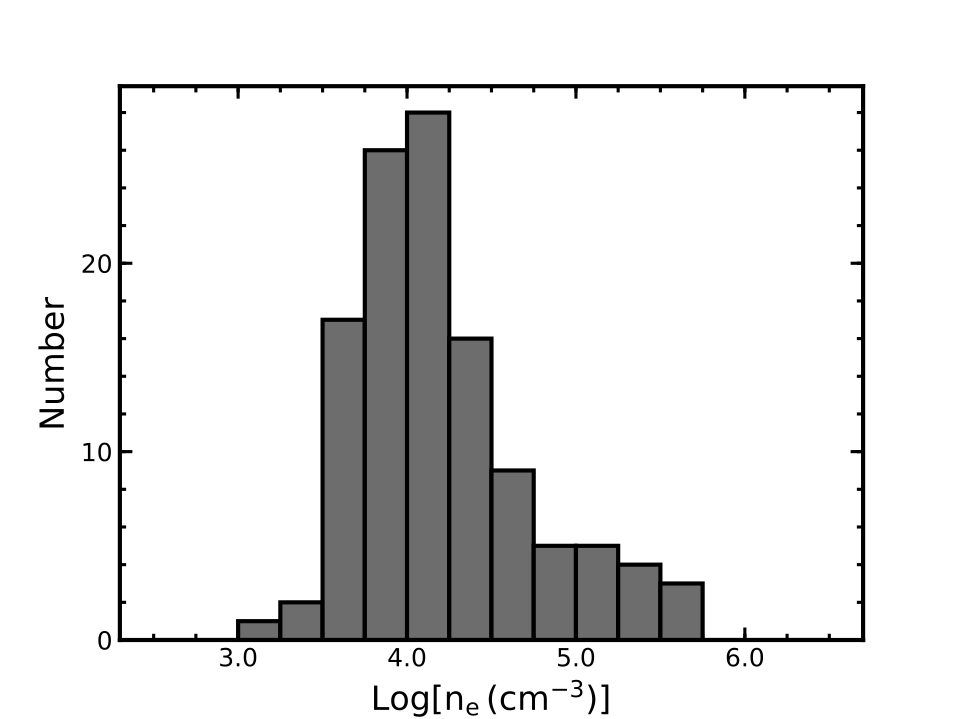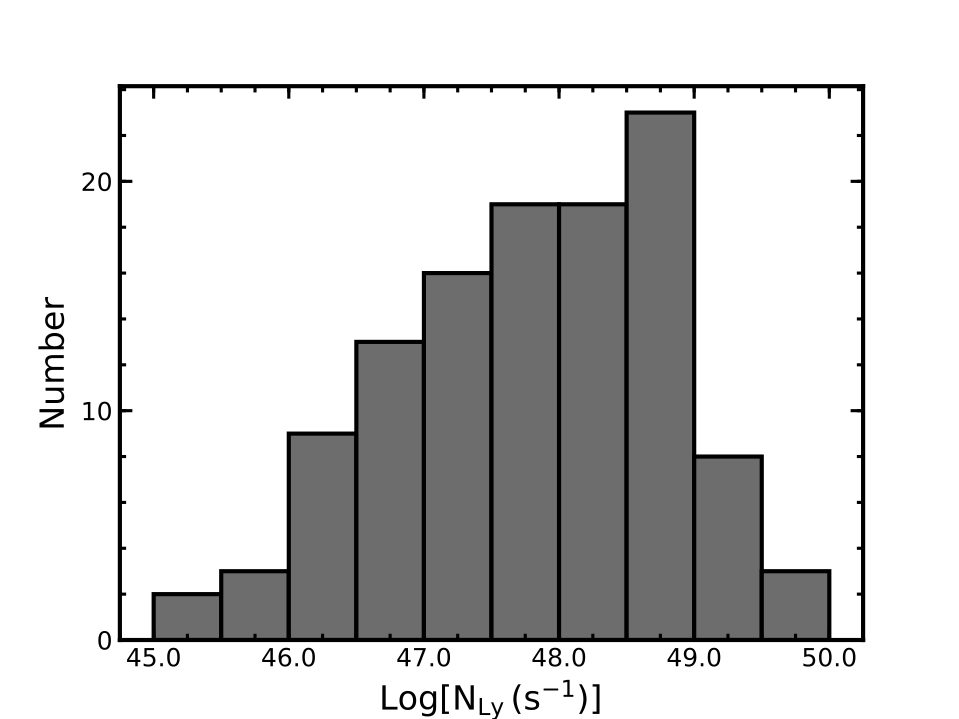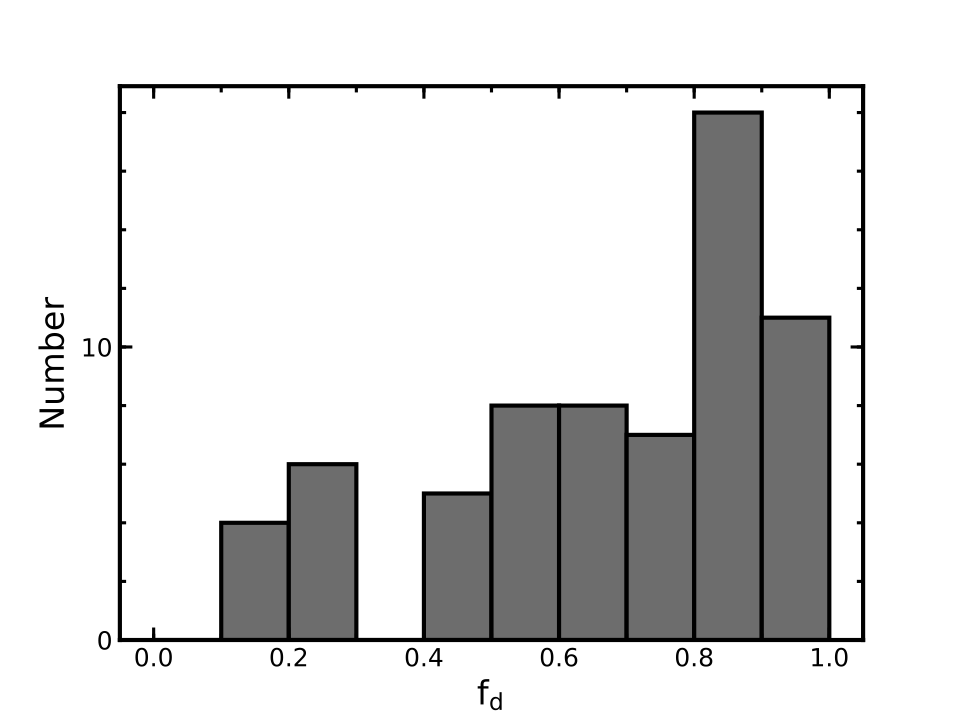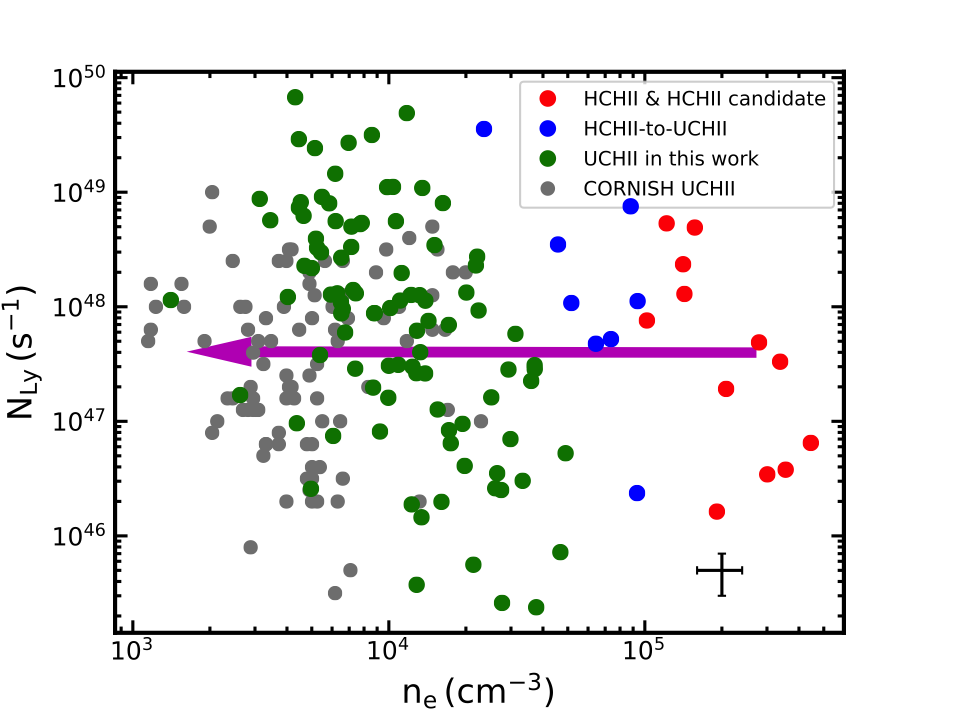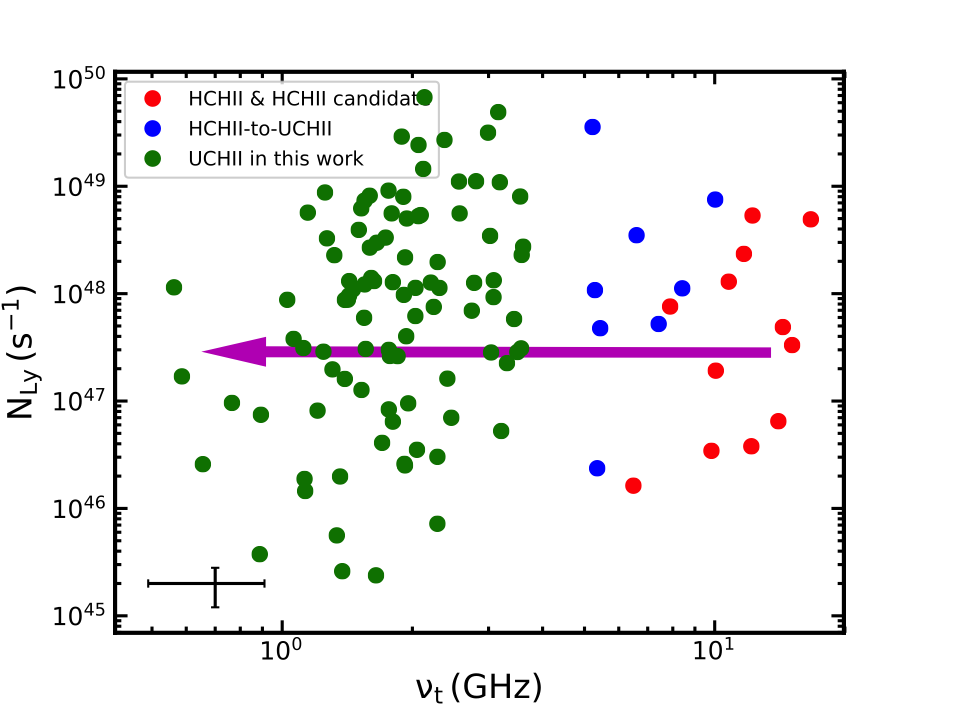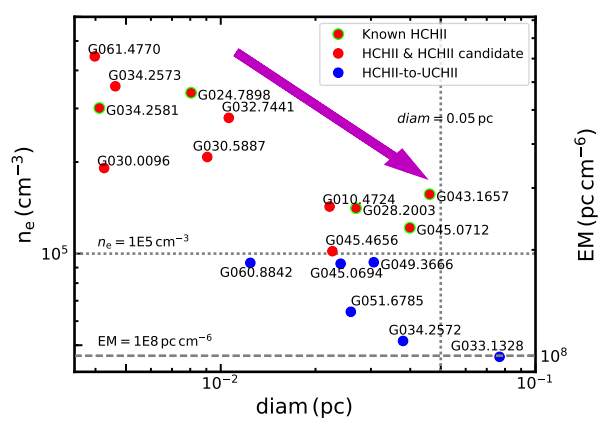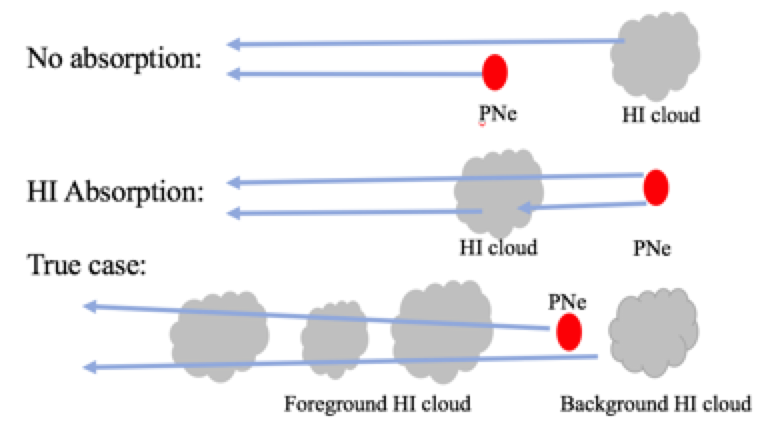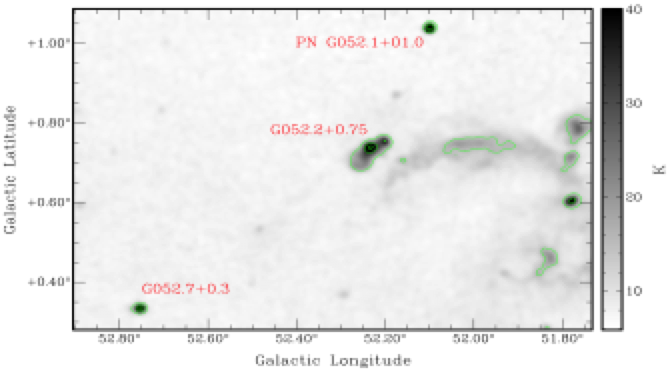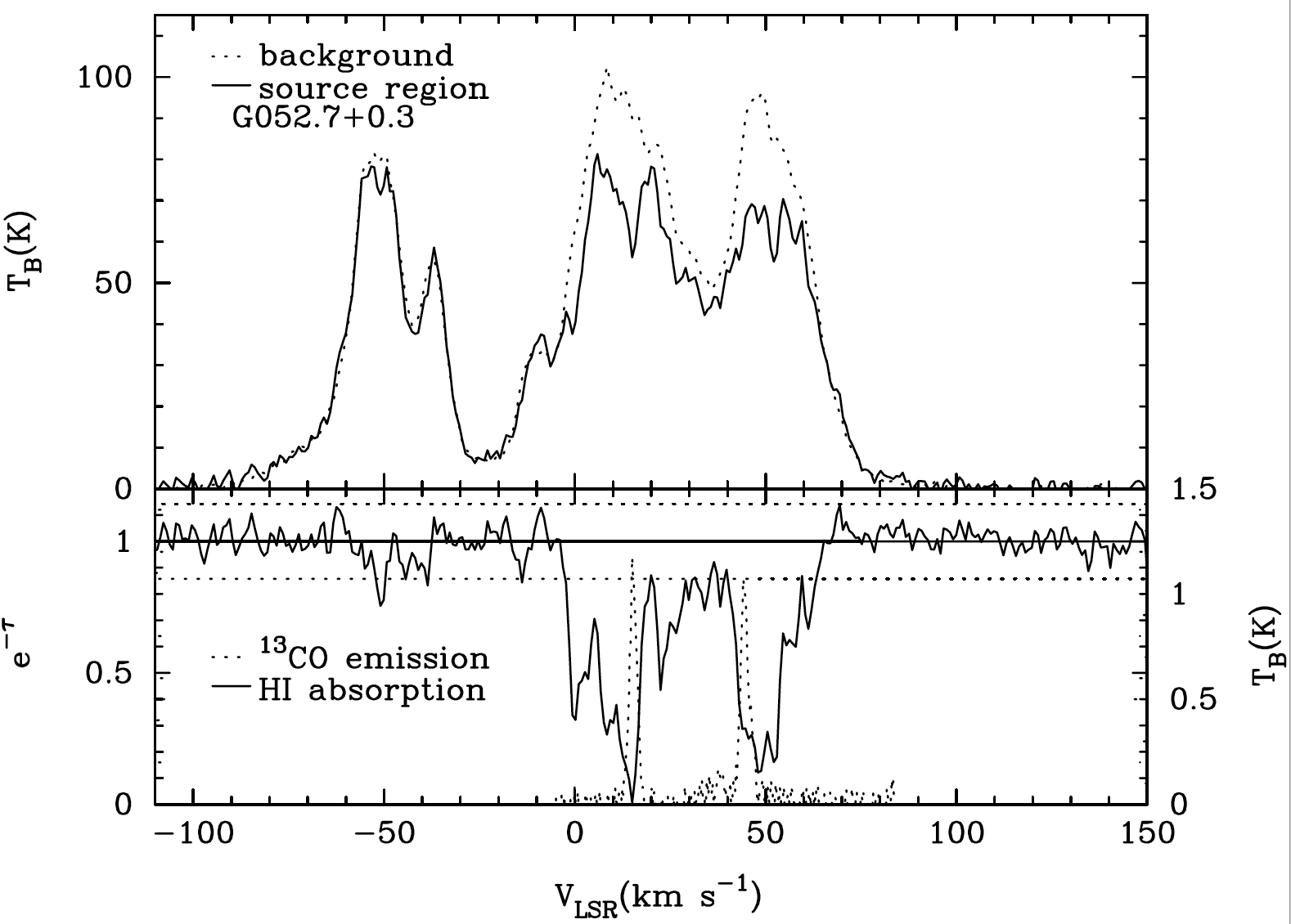About Me
Welcome to my personal webpage
I am an astronomer, and currently a postdoctoral researcher at the Max-Planck-Institute for Radio Astronomy (MPIfR),
mainly focus on the multi-band (from radio to NIR) continuum and lines study toward ISM related to star formation in our Galaxy,
using interferometer and single-dish telescopes.

Education & Background:
Since 2018 PostDoc at the Max-Planck-Institute for Radio Astronomy (MPIfR)
2016-2017 SKA Joint Ph.D. University of Hertfordshire, UK
2014-2018 Ph.D. National Astronomical Observatories of China (NAOC)
Main focus:
The birth of HII regions: HCHII and UCHII regions
Line study to investigate the outflow properties of the massive star formation
Multi-band continuum (from radio to NIR) study of ISM related to star formation
Observations of radio interferometer and single-dish telescopes
Multi-band (from radio to submm) RRLs study
Young PNe: kinematic distances and masers
Language and Skills:
Computer Language: python, C, R, and HTML
Language: English (fluent); Deutsch(beginner); Chinese(first language)
software: CASA, Obit, KVIS, TOPCAT, DS9, and GILDAS
Honors and Awards:
CAS Presidential Scholarship, "中科院院长奖" (2018)
China Scholarship Council Scholarship, SKA project, China-UK, "国家留学基金委奖学金" (2016)
National Scholarship of China, "国家奖学金" (2016)
Advanced Micro Devices (AMD) Scholarship at NAOC (2015), "AMD 奖学金"
Merit Student at NAOC, “中科院三好学生” (2015)
Volunteer of the CAS Public Science Day, “中科院公众科学日志愿者” (2013)
Valuable volunteer of IAU XXIII General Assembly, “第28届国际天文学联合大会(IAU)志愿者” (2012)
Enrolled in CAS without entrance examination, "推荐免试中科院研究生" (2011)
Outstanding student leader of College of Physics Science and Technology at XJU (2009)
Government grants for outstanding students (2007-2011)
Presentations:
Workshop talk, The SEDIGISM workshop, Bonn, Germany, Sep. 2021, Molecular outflows in the SEDIGISM survey
Talk at the MPIfR, Bonn, Germany, March. 2020, Hypercompact HII regions identified from young HII regions
Talk at the MPIfR, Bonn, Germany, Nov. 2018, Multi-band study of ISM related to massive star formation
Seminar talk, Chinese radio astronomy annual conference, Hefei, Anhui, China, Nov. 2017,
Searching for hyper-compact HII regions using JVLA survey data
Seminar talk, the 2th Chinese annual conference of SKA, Shanghai, China, Dec., 2017,
A search for steep positive radio spectrum object: make prediction for SKA and its precursors
Contact:
Email: ayyang@mpifr-bonn.mpg.de
Address: Auf dem Hügel 69, 53121, Bonn, Germany
Photo Gallery
Telescopes
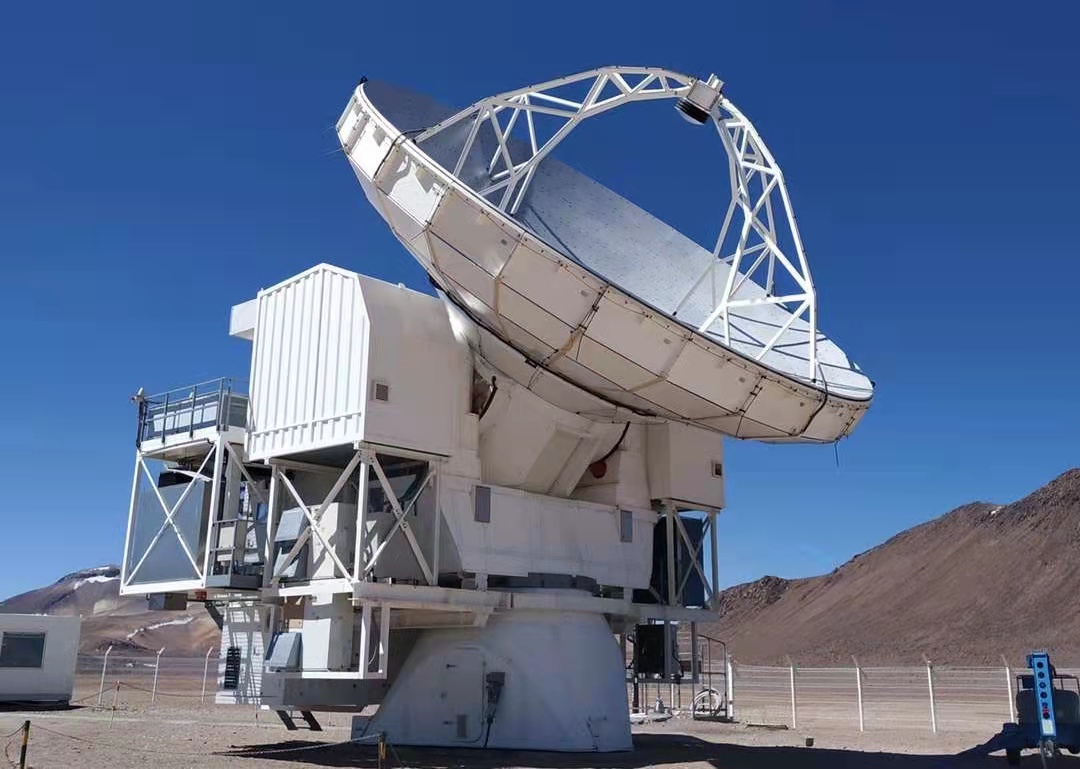
San Pedro de Atacama, Chile
APEX: the father of ALMA 😂

San Pedro de Atacama, Chile
ALMA: what a beauty!
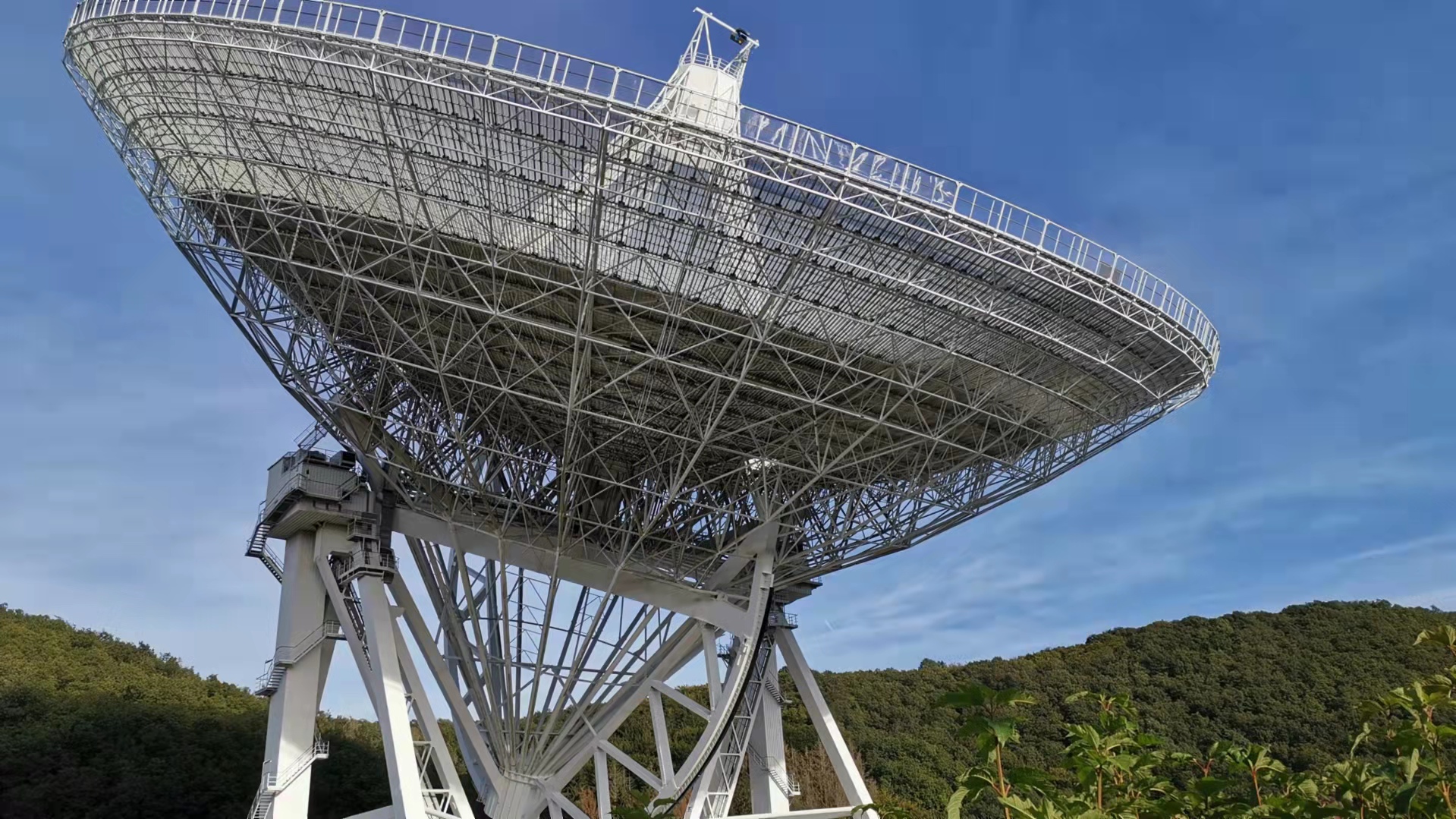
Effelsberg, Germany
Not easy to climb to the top
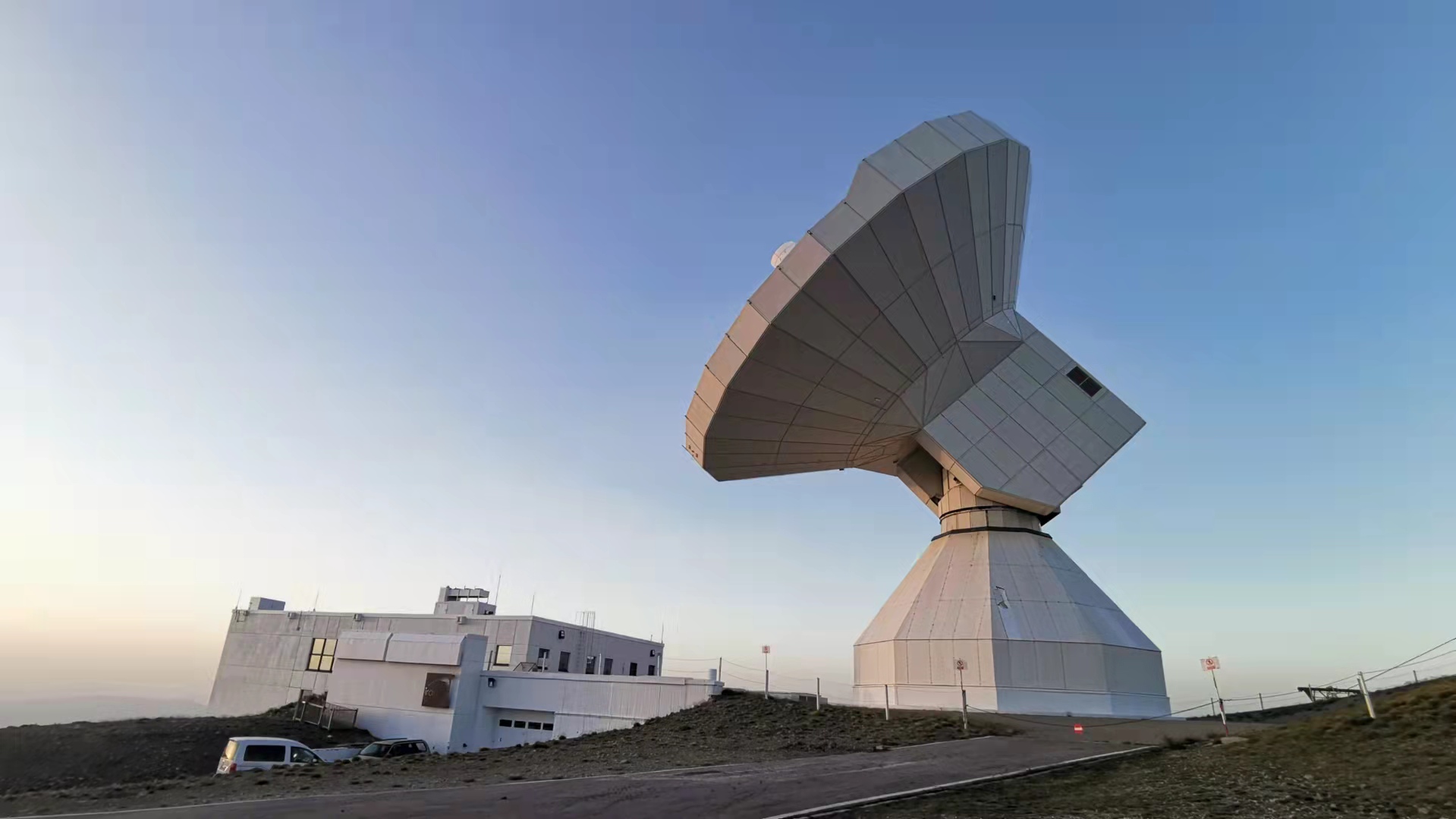
IRAM 30m, Granada, Spain
Amazing sunrise, sunset and ham
Previous
Next
Travel

Valparaíso, Chile
Had so much fun!

Granada, Spain
Pico Veleta observatory, IRAM 30m
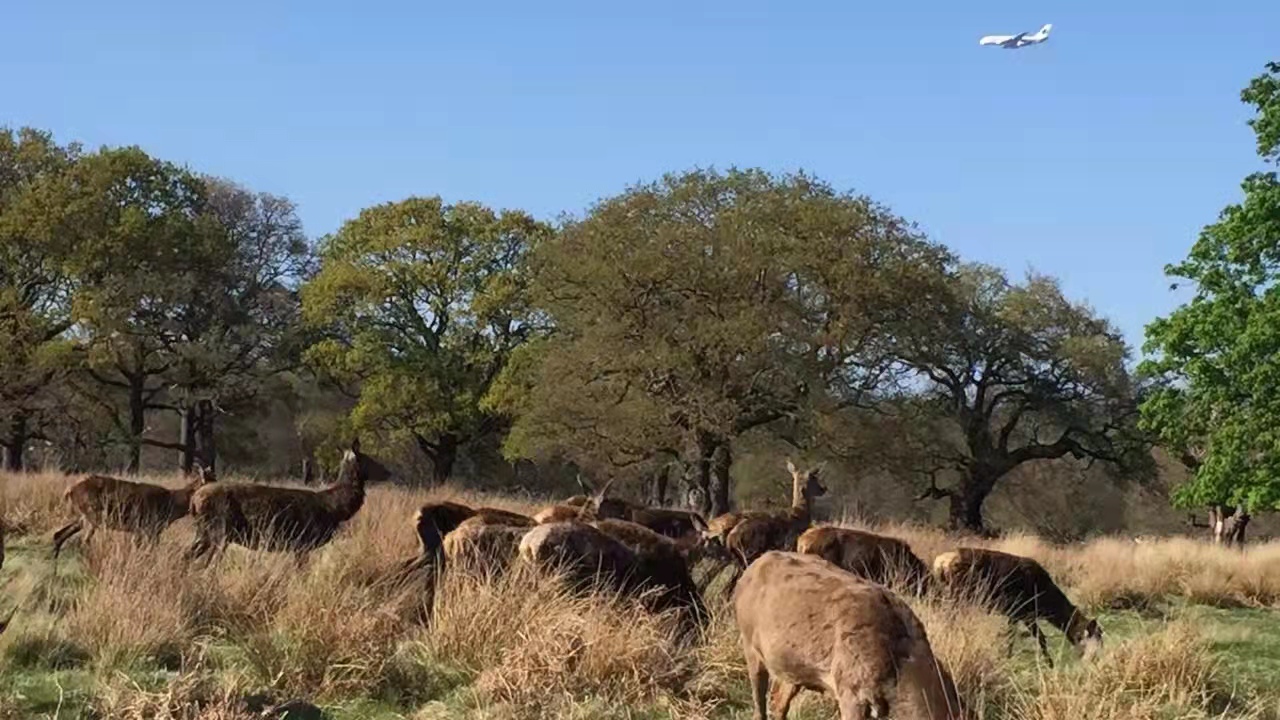
Richmond Park, UK
Fantastic landscape

Endenich, Bonn, Germany
Fields of Hope 😂 near MPIfR
Previous
Next
Links
Telescopes and Proposals
Galactic plane surveys
- MWISP:
The Milky Way Imaging Scroll Painting project
- ---- 12CO, 13CO, C18O; 50"; 0.5K@0.16km/s(1σ); GLON=[-10,250]; GLAT=[-5.2,5.2];
- HII regions Survey:
- ----
SHRDS
; RRL+Cont.; 4-10 GHz; 90"@8GHz; 30mJy/beam(Cont.); 0.75mJy/beam@5km/s(RRL); GLON=[259,346]; GLAT=[-4,4];
- ----
GDIGS
; RRL; 4-8GHz; 2.6'; 5mJy/beam@0.5km/s(RRL); GLON=[-5,32.3]; GLAT=[-0.5,0.5];
- ----
GBT HIIs survey
; RRL; 4-8GHz; 82"; 1mJy/beam@1.68km/s(RRL); GLON=[343,67]; GLAT=[-1,1];
- ----
TianMa RRL survey
; RRL; 4-6GHz; 3'-4'; 7mK@7RRL(3σ); 1mJy/beam@1.68km/s(RRL); Targets selected;
- IPHASS:
The INT Photometric Hα Survey of the Northern Galactic Plane
- ---- Ha; 1.7"; 20mag(5σ); GLON=[210,30]; GLAT=[-5,5];
- UVEX:
The UV Excess Survey (UVEX) of the Northern Galactic Plane
- ----U,g,r, He I 5875; 1.1"; 21-22mag(5σ); GLON=[215,30]; GLAT=[-5,5];
- VPHAS+:
The INT Photometric Hα Survey of the Northern Galactic Plane
- ---- Ha; 0.8"; 21mag(5σ); GLON=[210,35]&GLAT=[-5,5];GLON=[350,10]&GLAT=[-10,10]
-
UKIDSS:
the UKIRT Infrared Deep Sky Survey
- ----JHK; 0.8"; 18mag(5σ); GLON=[-2,230]; GLAT=[-2,2];
-
VVV:
Vista Variables in the Via Lactea ;
Vista Science Archive
- ----ZYJHK; 0.8"; 18mag(1epoch); GLON=[-65,10]; GLAT=[-2,2];
-
GLIMPSE+GLIMPSE360:
Galactic Legacy Infrared Mid-Plane Survey Extraordinaire ;
- ----4-8μm; 2"; 0.4mJy(1σ); GLON=[-65,65]; GLON=[0,360]; GLAT=[-1,1];
Data
-
MSX:
Midcourse Space Experiment ;
- ----8-21μm; 18"; ~100mJy; GLON=[0,360]; GLAT=[-5,5];
Data
-
WISE:
Wide-field Infrared Survey Explorer ;
- ----3.4-22μm; 6-12"; 8-17mag(5σ)/0.08-6mJy(5σ); All Sky;
Data
-
MIPSGAL:
Multiband Infrared Photometer for Spitzer (MIPS) ;
- ----24,70μm; 6", 18"; 0.3mJy,15mJy(1σ); GLON=[-65,65]; GLAT=[-1,1];
Data
-
AKARI:
The AKARI far-infrared all-sky survey;
- ----50-200μm; 30"-50"; 0.55-6.3Jy(5σ); All sky;
Data
-
Hi-GAL:
Herschel infrared Galactic Plane Survey (Hi-GAL)
- ----70-500μm; 10"-34"; 20-30mJy(1σ); All sky, GLAT=[-1,1];
-
JPS:
JCMT Galactic Plane Survey
- ----450,850μm; 8"-14"; 50-80mJy(1σ); GLON=[10,65]&[102.5,141.5], GLAT=[-1,1];
-
ATLASGAL:
APEX Telescope Large Area Survey of the Galaxy
DATA
- ----850μm; 19"; 50mJy(1σ); GLON=[-60,60], GLAT=[-1.5,1.5];
-
BOLOCAM:
Bolocam Galactic Plane Survey
- ----110μm; 33"; 30-60mJy(1σ); GLON=[-10,90], GLAT=[-0.5,0.5];
Data
-
GRS:
Galactic Ring Survey
- ----13CO; 46"@0.21km/s; 0.13K(1σ); GLON=[18,56], GLAT=[-1,1];
-
CHIMPS:
The 13CO/C18O Heterodyne Inner Milky Way Plane Survey
- ----13CO,C18O; 15"@0.5km/s; 0.6K(1σ); GLON=[28,46]&[-5,28], GLAT=[-0.5,0.5];
-
SEDIGISM:
Structure, Excitation and Dynamics of the Inner Galactic Interstellar Medium
- ----13CO,C18O; 30"@0.25km/s; 0.8K(1σ); GLON=[-60,18], GLAT=[-0.5,0.5];
-
MMB:
The 6-GHz multibeam maser survey
- ----6.7GHz Methonal maser; 192"; 0.2Jy(1σ); GLON=[-180,60], GLAT=[-2,2];
-
HOPS:
The H2O Southern Galactic Plane Survey
- ----22GHz Water maser; 132"; 1-2Jy; GLON=[-70,30], GLAT=[-0.5,0.5];
-
OH:
The ATCA/VLA OH 1612 MHz survey
- ----1.6GHz OH maser; ~10"@1km/s; 25mJy(1σ); GLON=[5,45], GLAT=[-3,3];
-
CORNISH:
the Co-Ordinated Radio 'N' Infrared Survey for High-mass star formation
- ----5GHz; 1.5"; 0.3mJy(1σ); VLA; GLON=[10,65], GLAT=[-1,1];
-
THOR:
The HI/OH/Recombination line survey of the Milky Way
- ----1-2GHz; 15-20"; 0.3mJy(1σ); VLA; GLON=[14.5,67.4], GLAT=[-1.25,1.25];
-
S/V/CGPS:
VLA/Southern/Canadian Galactic Plane Survey
- ----21cm HI; 60"@~1.3km/s; 2-3K; GLON=[-107,147], GLAT=[-1.3,1.3];
-
MAGPIS:
The Multi-Array Galactic Plane Imaging Survey
- ----6,20cm; 5"; 0.2,0.9mJy(1σ); VLA; GLON=[5,48], GLAT=[-0.8,0.8];
-
MGPS-2:
The second epoch Molonglo Galactic Plane Survey
- ----843 MHz; 45"; 1-2mJy(1σ); GLON=[245,365], GLAT=[-10,10];
-
GASKAP:
The Galactic ASKAP Survey
- ----HI,OH; 30"@1km/s; 1K; GLON=[167,79], GLAT=[-2.5,2.5];
-
GLOSTAR:
A global view on star formation: The GLOSTAR Galactic plane survey
- ----5GHz; Cont.+Lines; B-config:1"; D-config: 18"; B+D config: 4"; Effelsberg:180"; ~0.08mJy(1σ); VLA+Effelsberg; GLON=[-2,60], GLAT=[-1,1];
GLON=[2,40]&[56,60]: 7sigma B-config catalog; ;
5to7sigma B-config catalog;
-
VLASS:
The Very Large Array Sky Survey
- ----2-4GHz; 2"; ~0.08mJy(1σ); VLA; All sky; δ > -40 deg;
-
SEIP:
The Spitzer Science Center and IRSA have released a set of Enhanced Imaging Products (SEIP)
- ----4-8μm; 2"; 0.4mJy(1σ);
-
MeerKAT L-band survey:
The SARAO MeerKAT 1.3 GHz Galactic Plane Survey
- ----1.3 GHz; 8"; 0.02mJy(1σ);
Learning Resources
Useful links
Research
Project I: Molecular outflows
The formation processes of massive stars are unclear.
Molecular outflows are common in the massive star formation,
which is a usefull tool to understand the formation process of high-mass star.
Outflows can be identified as CO lines showing high-velocity wings,
with two spatially separated lobes that are respectively blue and red velocity shifted.
We undertake the largest outflow search toward clumps in the
ATLASGAL survey
using the 13CO and C18O spectra from the Galactic plane surveys of
CHIMPS
and
SEDIGISM.
We obtained the largest outflow sample so far, ~1500, and
systematically discuss when outflow switches on, how it evolves,
and what the impact on the matal clumps, with
full details in
Yang et al. 2018
and
Yang et al. 2021b.
|
Massive Outflow Clumps, the birth places of massive stars
|
|
The outflow wings identification processes are shown in slides (1) and (2),
and the outflow lobes are mapped as presented in slide (3) and (4).
Slide (5) displays the total sky region of outflow search
as well as the ATLASGAL clumps (black dots and yellow circles) in the area.
We discussed the correlations between outflow properties and clumps properties
in slides (6) and (7).
We also discussed the outflow energy and clump turbulence energy as
clumps evolve in slide (8) and (9).
|
|
|
Copyright©
Yang et al. 2018
&
Yang et al. 2021b
|
Project II--- The birth of HII regions
When a massive star has “switched on” its UV illumination and ionised the surroundings gas to form an ionised region,
i.e., HII region.
As massive stars reach the main sequence while still accreting material, the youngest
and most compact HII region is a key phase to investigate the early development of massive stars.
Hyper-compact HII regions (HCHII) are commonly known as the youngest and densest HII regions, however,
To date, only a few of HCHII regions have been discovered and many details remain unknown.
To find new HCHII region candidates,
We undertook the largest search of HCHII regions using data from Galactic plane surveys of
Radio (
CORNISH,
MAGPIS, and
THOR),
submillimeter
ATLASGAL, and far-infrared
Hi-GAL,
mid-infrared
MIPSGAL and
GLIMPSE,
and near-infrared
UKIDSS,
and obtained a sample of 120 HCHII regions candidates (
Yang et al. 2019).
We observed the 120 candidates at X-band and K-band continuum (JVLA17A-070, JVLA18B-065,
PI: Aiyuan Yang),
to build their spectral energy distribution (SED) between 1-26 GHz,
and measure their properties from the SED.
Finally, we identified 16 HCHII regions with 7 newly reported,
enlarged the sample size by 0.5, giving 23 HCHII regions in total
Yang et al. 2021a.
The youngest HII regions, HCHII regions,
are distinguished from the next class, ultra-compact HII,(UCHII) regions,
primarily because they show extremely broad radio recombination lines (RRLs).
Thus, RRL is the key to understanding the nature of HCHII regions.
To study the RRL in details,
we conducted RRL surveys for a sample of 120
HCHII regions and UCHII regions using PI data from the APEX,
IRAM 30m,
and Effelsberg 100m telescopes,
and the RRL observations at high-resolutions (0.2''-1'') using JVLA
toward HCHII
regions.
|
Young HII regions: HCHII and UCHII
|
|
Slide (1) shows the expected detection level of HII regions in the radio surveys.
The multiband emission of young HII regions in slide (2).
Slide (3) shows the continumm at C-band, X-band, and K-band, and build the radio SED in slide (4).
Slide (5) shows the distribution of physical properties,
and their evolution from HCHII regions to UCHII regions.
Slide (6) shows the multi-band emission properties of HCHII regions, marked with masers.
The early evolution of HII regions are presented in slide (7).
Slide (8) shows the luminosity against lyman continuum flux of young HII regions,
indicating possible radio jets and dust absorption.
|
|
|
Copyright©
Yang et al. 2019, MNRAS, 482, 268
&
Yang et al. 2021,A&A, 645, 110
|
Project III---Young Planetary nebulae: kinematic distance and masers
ISM gas photoionized by low-mass central stars also forms HII regions, called planetary nebulae
(PNe). So the physics governing PNe are basically the same as HII regions, with rising radio spectra for free-free
emission. The formation of PNe is one of the most poorly understood stages of stellar evolution.
The presence of maser emissions are not expected in PNe unless these are extremely young.
To date, only five PNe with H2O maser
and seven PNe with OH maser have been confirmed
(
Zhang 2017).
Maser-emitting PNe are thus closely related to the formation and early evolution of PNe
However, the distances of young PNe are not well determined.
Among
the total of 3500 PNe (
Kwitter et al. 2014),
only about 30 PNe have distance measurements with uncertainties less
than 20%
(
Yang et al. 2015).
Owing to the broadly distributed HI and CO emission, we measured the kinematic
distances of young and radio bright PNe, using the method in
Tian&Leahy 2008
to resolve the distance ambiguity,
giving distance uncertainties ranging from 10% to 50%. This is a significant improvement with uncertainties
of a factor of two or three smaller than most previous distance measurements
for the young PNe with high extinction in the Galactic Plane
(
Yang et al. 2016).
Publications
- Jun Yang; Yongjun Chen, Leonid I. Gurvits; Zsolt Paragi,
A. Y. Yang,
Xiaolong Yang and Zhiqiang Shen;
"Structural and spectral properties of Galactic plane variable radio sources" ;
2021, MNRAS, In Press;
- Urquhart, J. S. ; Wells, M. R. A. ; Pillai, T. ; Leurini, S. ; Giannetti, A. ; Moore, T. J. T. ;
Thompson, M. A. ; Figura, C. ; Colombo, D. ;
A. Y. Yang;
Koenig, C. ; Wyrowski, F. ; Menten, K. M. ; Rigby, A. J. ; Eden, D. J. ; Ragan, S. E.
"ATLASGAL -- Evolutionary trends in high-mass star formation" ;
2021, MNRAS, In Press;
- D. Colombo, A. Duarte-Cabral, A. R. Pettitt, J. S. Urquhart, F. Wyrowski, T. Csengeri,
K. R. Neralwar, F. Schuller, K. M. Menten, L. Anderson, P. Barnes, H. Beuther,
L. Bronfman, D. Eden, A. Ginsburg, T. Henning, C. König, M.-Y. Lee, M. Mattern,
S. Medina, S. Ragan, A. J. Rigby, Á. Sánchez-Monge, A. Traficante,
A. Y. Yang,
M. Wienen,
"The SEDIGISM survey: the influence of spiral arms on the molecular gas distribution of the inner Milky Way"
;2021, A&A, In Press;
- A. Y. Yang;
Urquhart, J. S.; Thompson, M. A.; Menten, K. M. ; Wyrowski, F.; & The SEDIGISM Team, 2021;
"The SEDIGISM survey: a search for molecular outflows" ;
2021, A&A, In Press;
- A. Y. Yang;
Urquhart, J. S. ; Thompson, M. A.; Menten, K. M. ; Wyrowski, F. ; Brunthaler, A. ; Tian, W. W.;
Rugel, M. ; Yang, X. L. ; Yao, S. ; Mutale, M.;
"A population of hypercompact HII regions identified from young H II regions" ;
2021, A&A, 645A, 110Y;
- Brunthaler, A.; Menten, K. M. ; Dzib, S. A. ; Cotton, W. D. ; Wyrowski, F. ; Dokara, R.;
Gong, Y. ; Medina, S. -N. X. ; Müller, P. ; Nguyen, H. ; Ortiz-León, G. N. ; Reich, W. ; Rugel, M. R. ; Urquhart, J. S.;
Winkel, B. ;
A. Y. Yang;
Beuther, H. ; Billington, S. ; Carrasco-Gonzalez, C.; Csengeri, T. Murugeshan, C.;
Pandian, J. D. ; Roy, N.;
"A global view on star formation: The GLOSTAR Galactic Plane Survey.
I. Overview and first results for the Galactic longitude range:
28◦ < l < 36◦"
;2021, A&A, 651A, 85B;
MPIFR/NRAO press release;
-
Ortiz-León, Gisela N.; Menten, Karl M.; Brunthaler, Andreas; Csengeri, Timea ; Urquhart, James S.;
Wyrowski, Friedrich; Gong, Yan; Rugel, Michael R.; Dzib, Sergio A.;
A. Y. Yang;
Nguyen, Hans;
Cotton, William D. ; Medina, Sac Nicté X. ; Dokara, Rohit; König, Carsten;
Beuther, Henrik; Pandian, Jagadheep D.; Reich, Wolfgang; Roy, Nirupam;
"A Global View on Star Formation: The GLOSTAR Galactic Plane Survey
III. 6.7 GHz Methanol maser survey in Cygnus X"
, A&A, 651, A87; MPIFR/NRAO press release;
-
Nguyen, H.; Rugel, M. R.; Menten, K. M. ;Brunthaler, A. ; Dzib, S. A. ;
A. Y. Yang;
Kauffmann, J.; Pillai, T. G. S. ; Nandakumar, G. ; Schultheis, M. ; Urquhart, J. S.;
Dokara, R.; Gong, Y. ; Medina, S. -N. X. ; Ortiz-León, G. N. ; Reich, W. ;
Wyrowski, F. ; Beuther, H. ; Cotton, W. D. ; Csengeri, T. Pandian, J. D. ; Roy, N.;
"A global view on star formation: The GLOSTAR Galactic plane survey
IV. Radio continuum detections of young stellar objects in the Galactic Centre region" ,
2021; A&A, 651, A88, MPIFR/NRAO press release
-
Dokara, R.; Brunthaler, A.; Menten, K. M.; Dzib, S. A.; Reich, W.; Cotton, W. D.;
Anderson, L. D.; Chen, C. -H. R.; Gong, Y.; Medina, S. -N. X.;
Ortiz-León, G. N.; Rugel, M.; Urquhart, J. S.; Wyrowski, F.;
A. Y. Yang;
Beuther, H.; Billington, S. J.; Csengeri, T.; Carrasco-González, C.;
Roy, N.;
"A global view on star formation: The GLOSTAR Galactic plane survey.
II. Supernova Remnants in the first quadrant of the Milky Way" ,
2021, A&A, 651, A86, MPIFR/NRAO press release ;
-
Eden, D. J., ...,
A. Y. Yang,
..., & The CHIMPS Team;
"CHIMPS2: survey description and 12CO emission in the Galactic Centre" ,
2020, MNRAS, 498, 5936E;
-
Shan, Su-Su; Zhu, Hui; Tian, Wen-Wu ; Zhang, Hai-Yan ;
A. Y. Yang;
Zhang, Meng-Fei;
"The distance measurements of supernova remnants in the fourth Galactic quadrant"
, 2019, RAA, 19, 92S;
-
A. Y. Yang;
Thompson M. A.; W. W. Tian, S. Bihr; H. Beuther; L. Hindson;
"A search for hyper-compact HII regions in the Galactic Plane"
, MNRAS, 482, 2681Y, 2019;
-
Shan, S. S.; Zhu, H.; Tian, W. W.; Zhang, M. F.; Zhang, H. Y.; Wu, D.;
A. Y. Yang;
Zhang, Meng-Fei;
"Distances of Galactic Supernova Remnants Using Red Clump Stars"
, 2019, ApJS, 236, 35S;
-
A. Y. Yang;
Thompson M. A.; Urquhart J.S.; W. W. Tian;
"Massive Outflows Associated with ATLASGAL Clumps"
, 2018, ApJS, 235, 3;
-
A. Y. Yang;
W. W. Tian; H. Zhu; D. Wu;
"Kinematic Distances of Galactic Planetary Nebulae";
2016, ApJS, 223, 6;
-
Thompson M. A.; ...;
A. Y. Yang; ...;
"MeerGAL: the MeerKAT Galactic Plane Survey";2016;
-
A. Y. Yang;
H. Zhu; W. W. Tian; D. Wu;
"The Current Research of Planetary Nebulae Distance";
2015, Progress in Astronomy (Chinese),33, 284;
-
A. Y. Yang;
J. L. Han; N. Wang;
"A New Method to Analysis Pulsar Nulling Phenomena",
2014, SCIENCE CHINA Physics, Mechanics & Astronomy, 57(8), 1600-1606;











